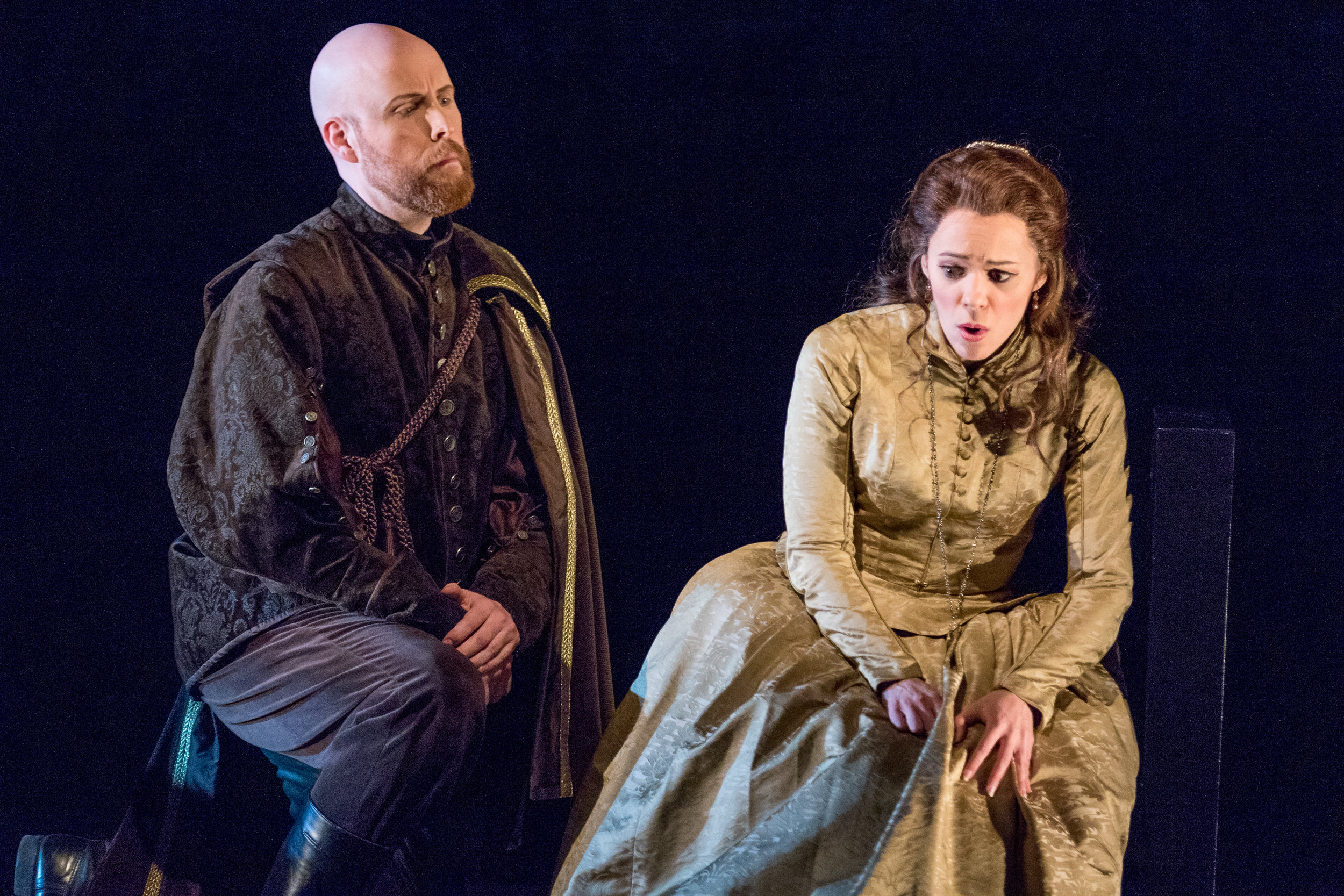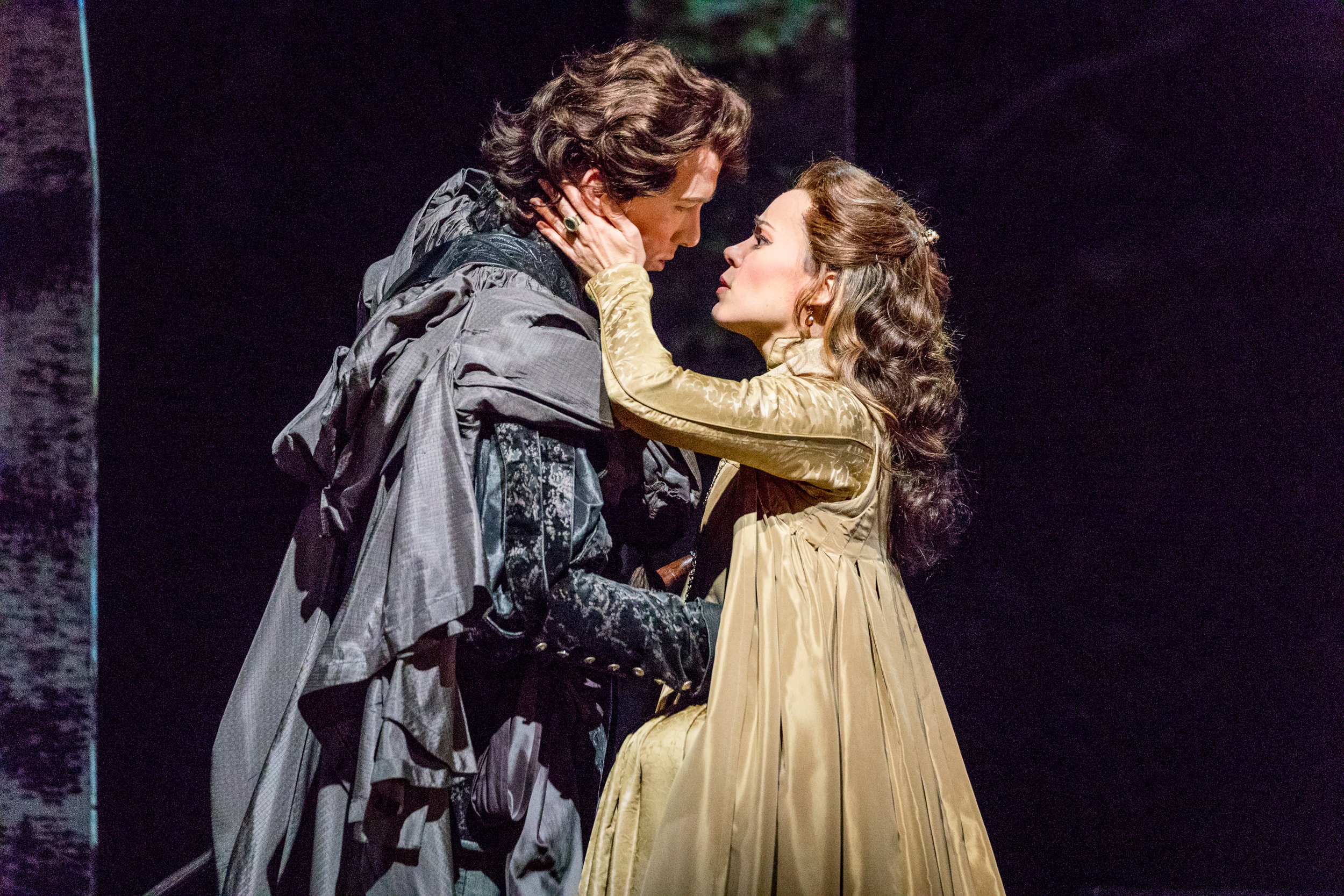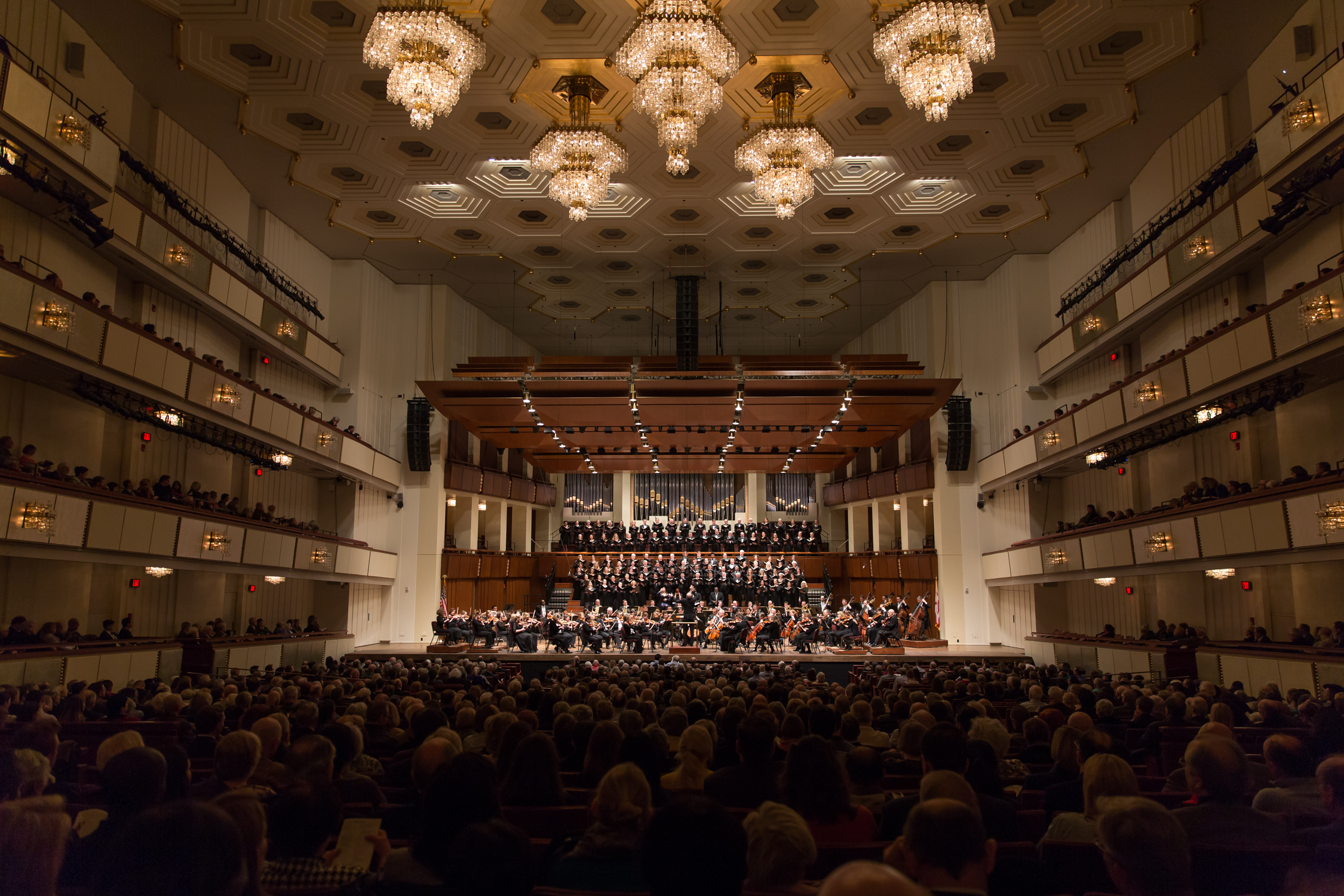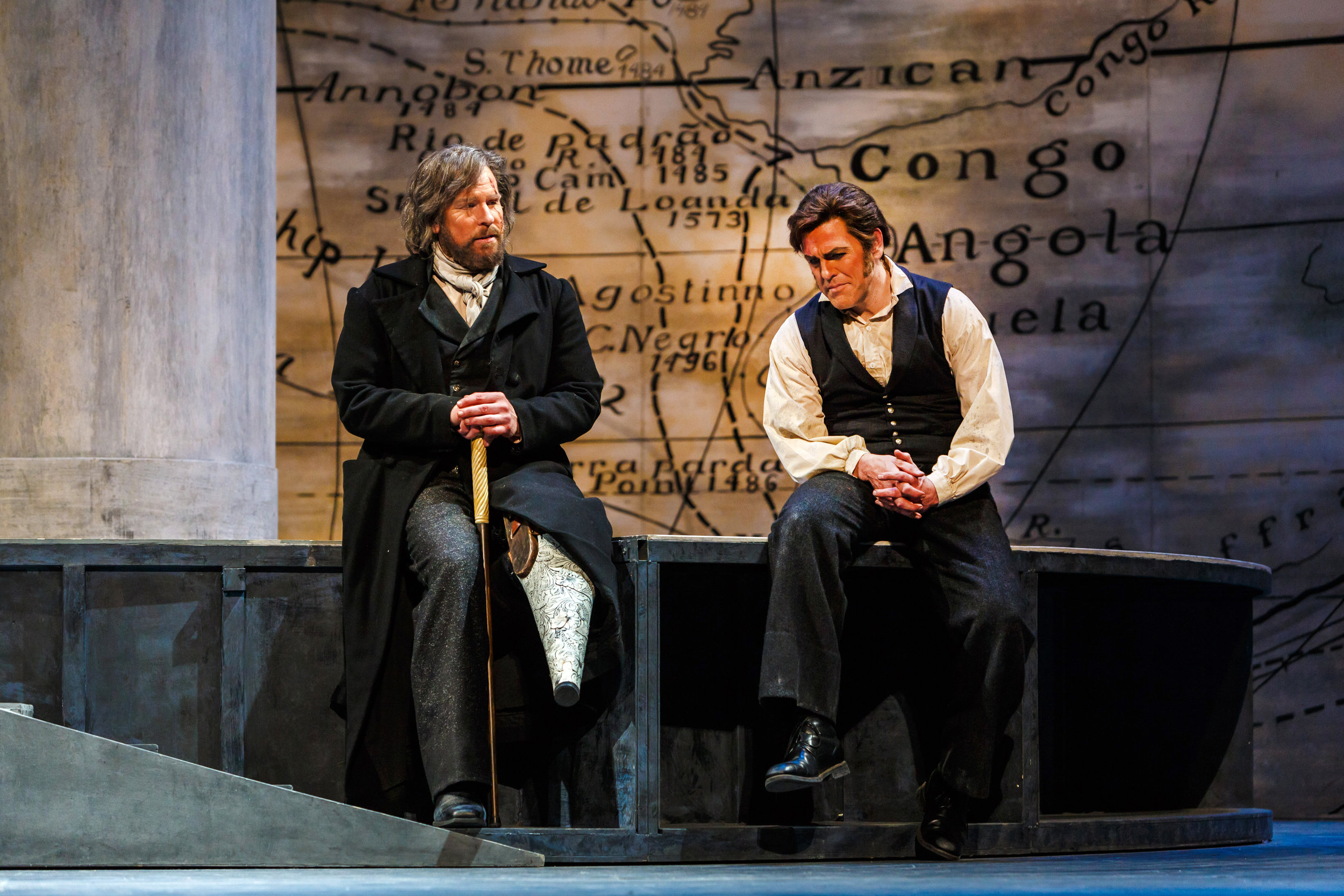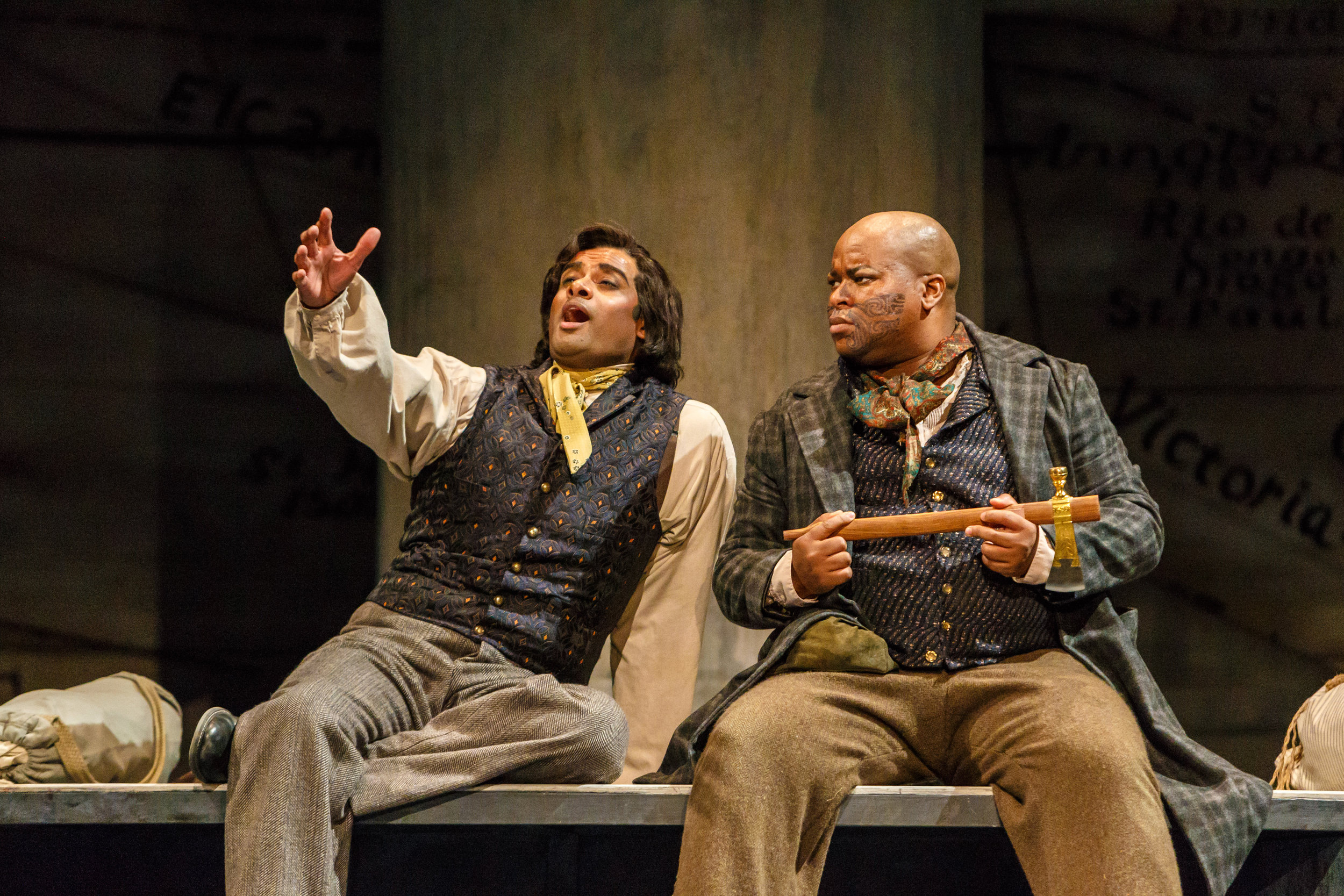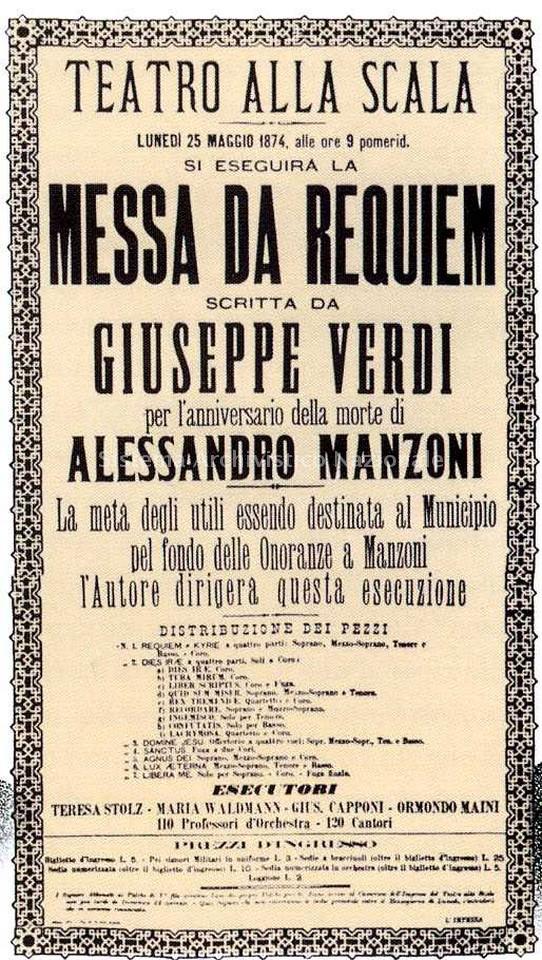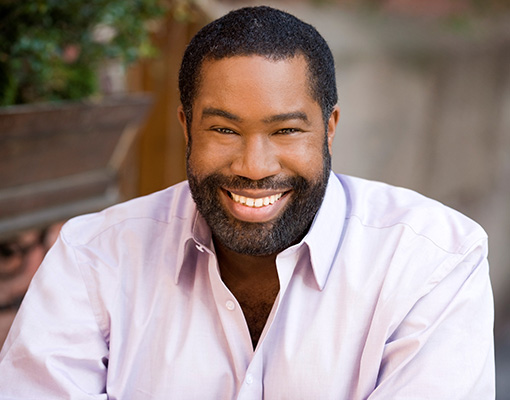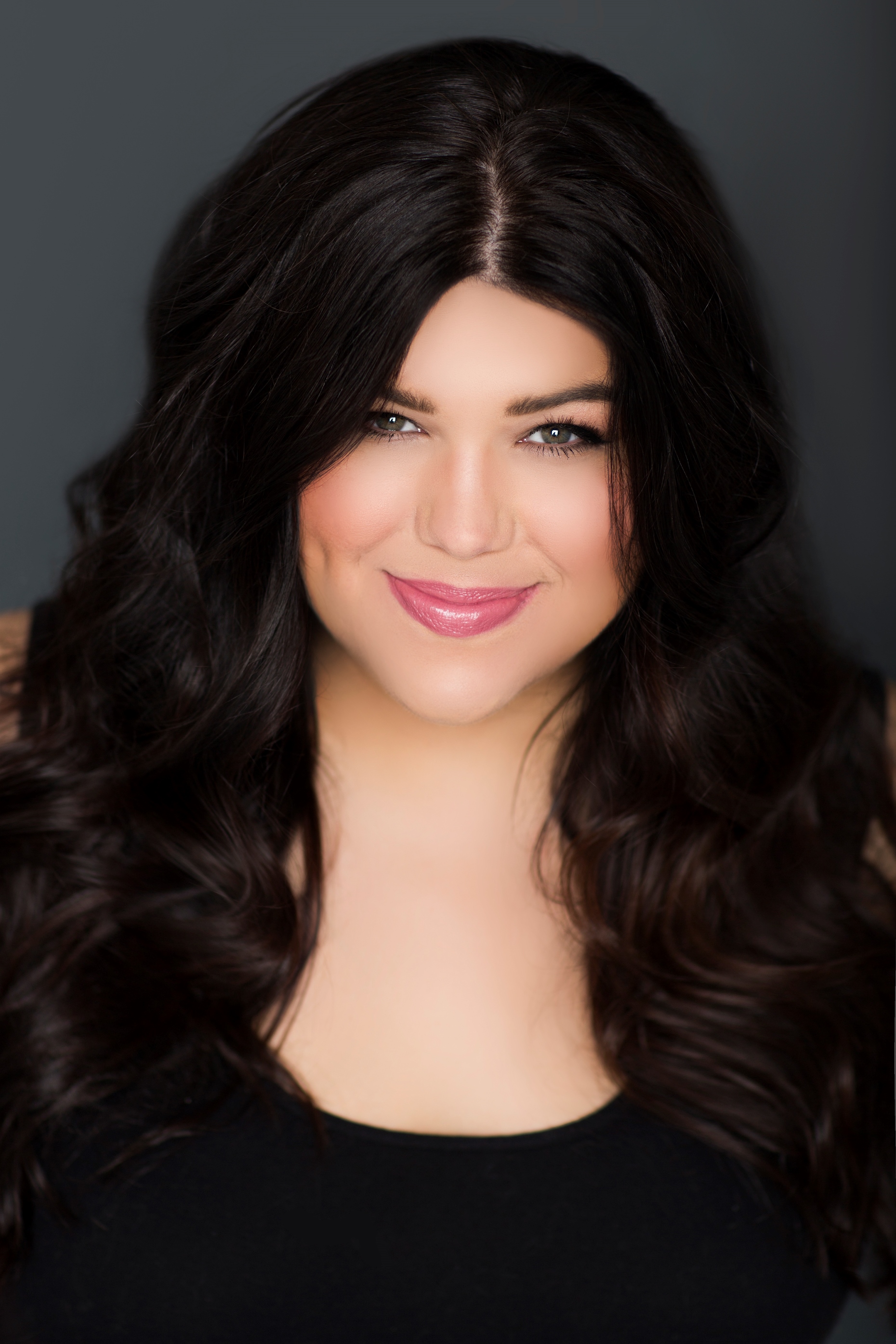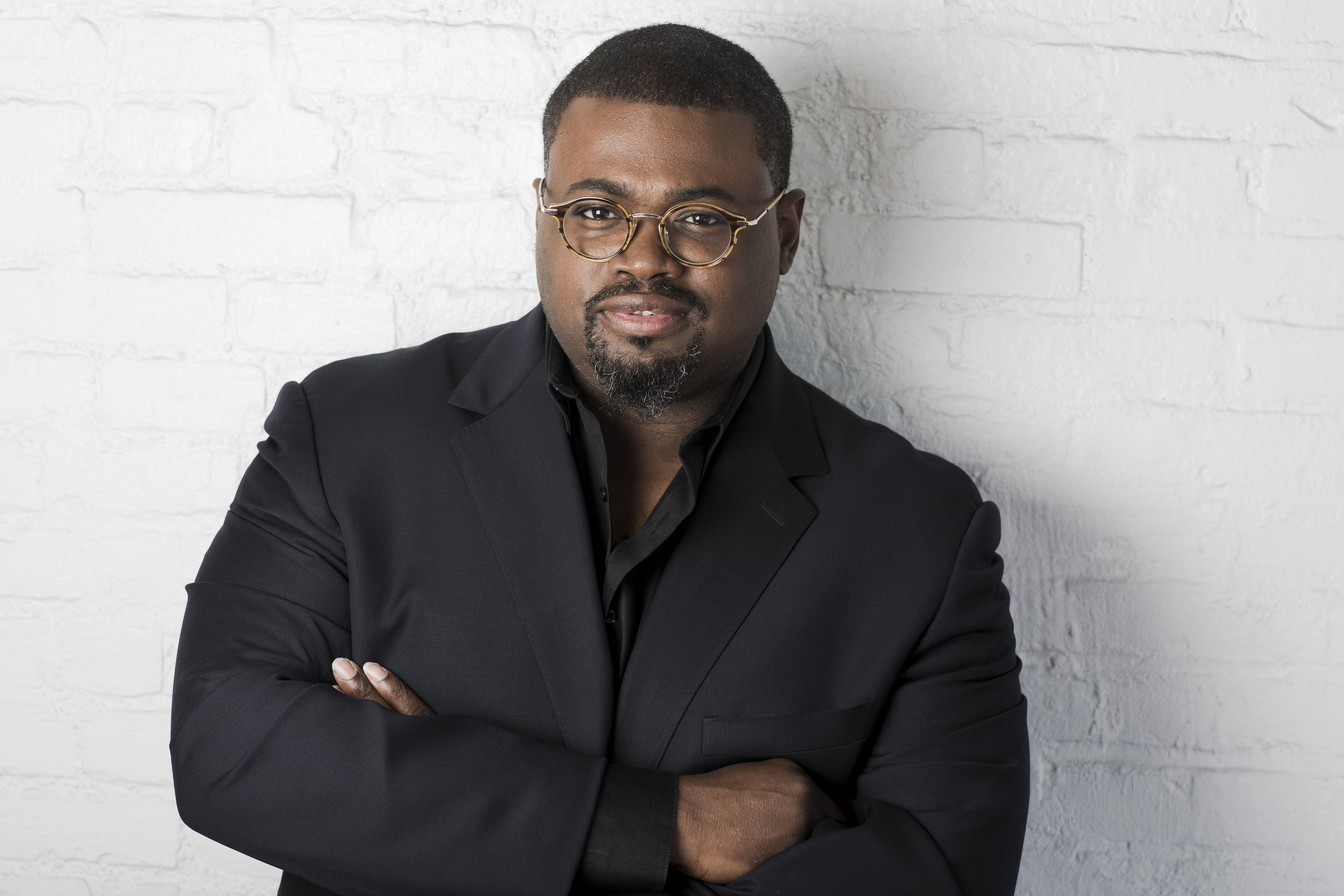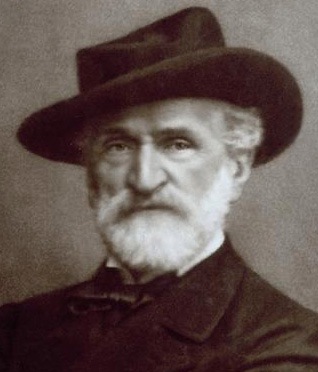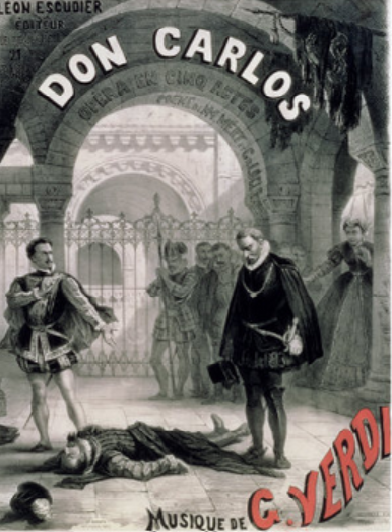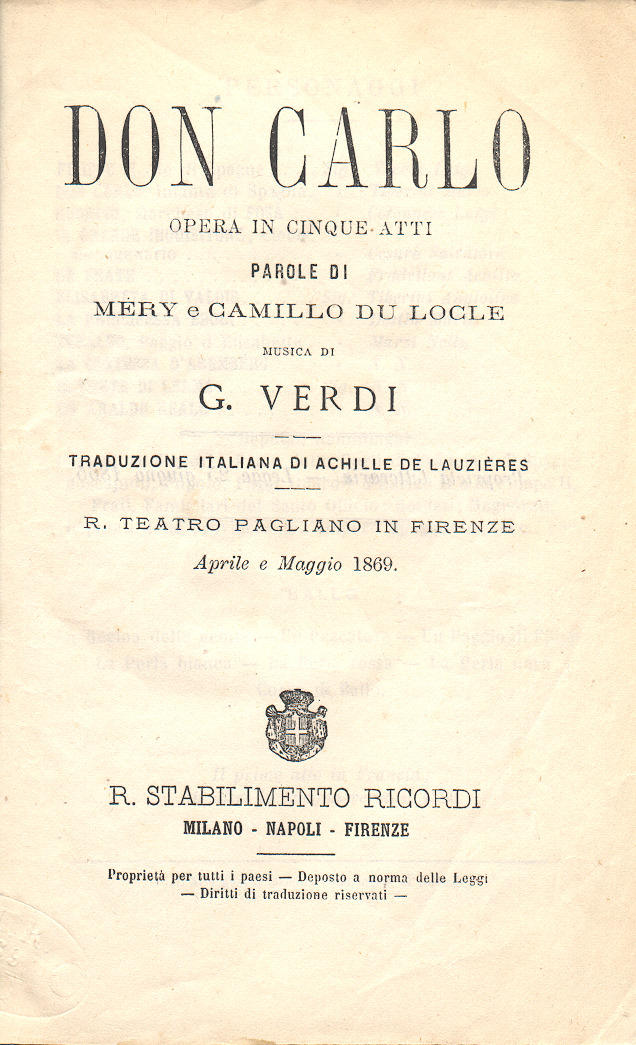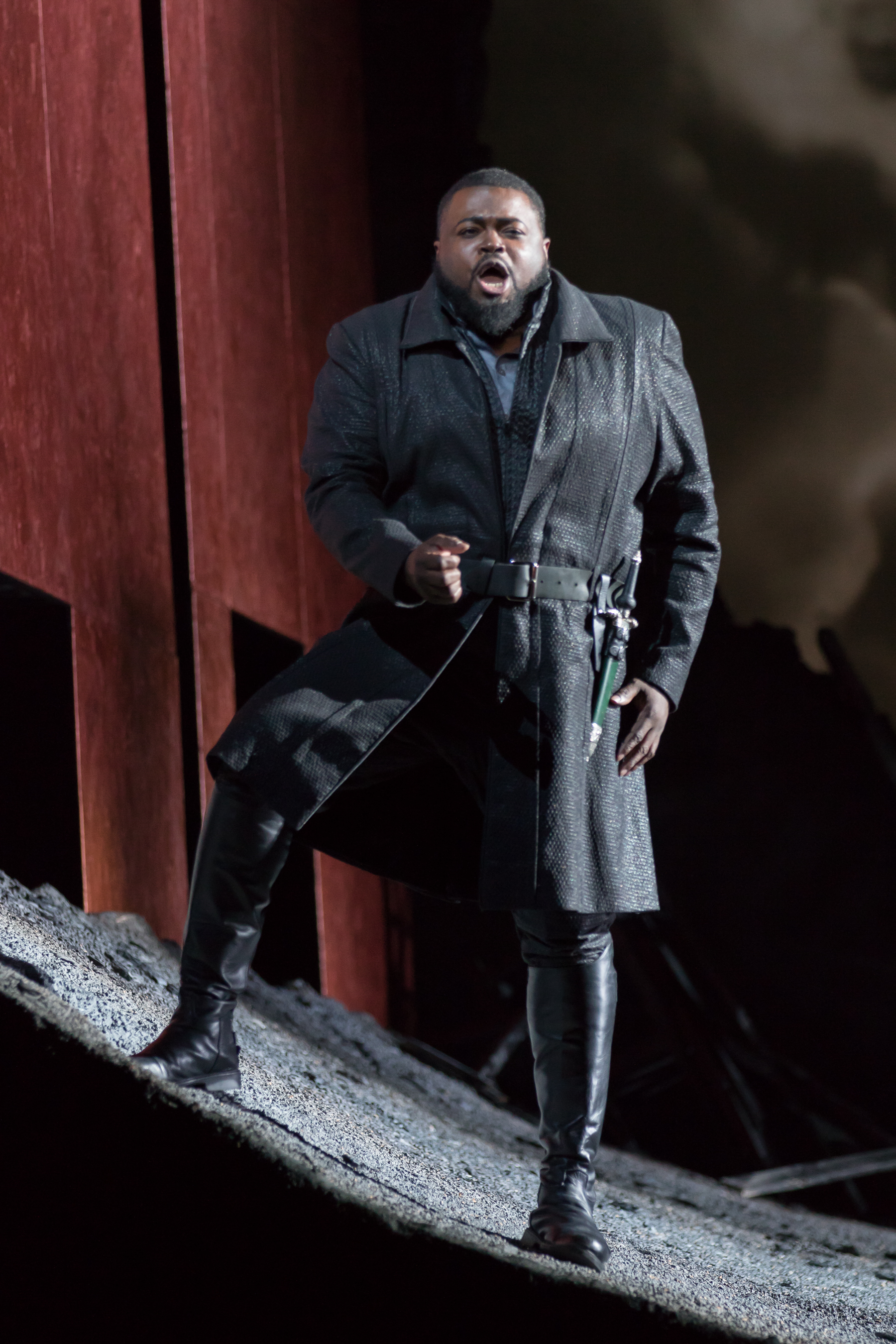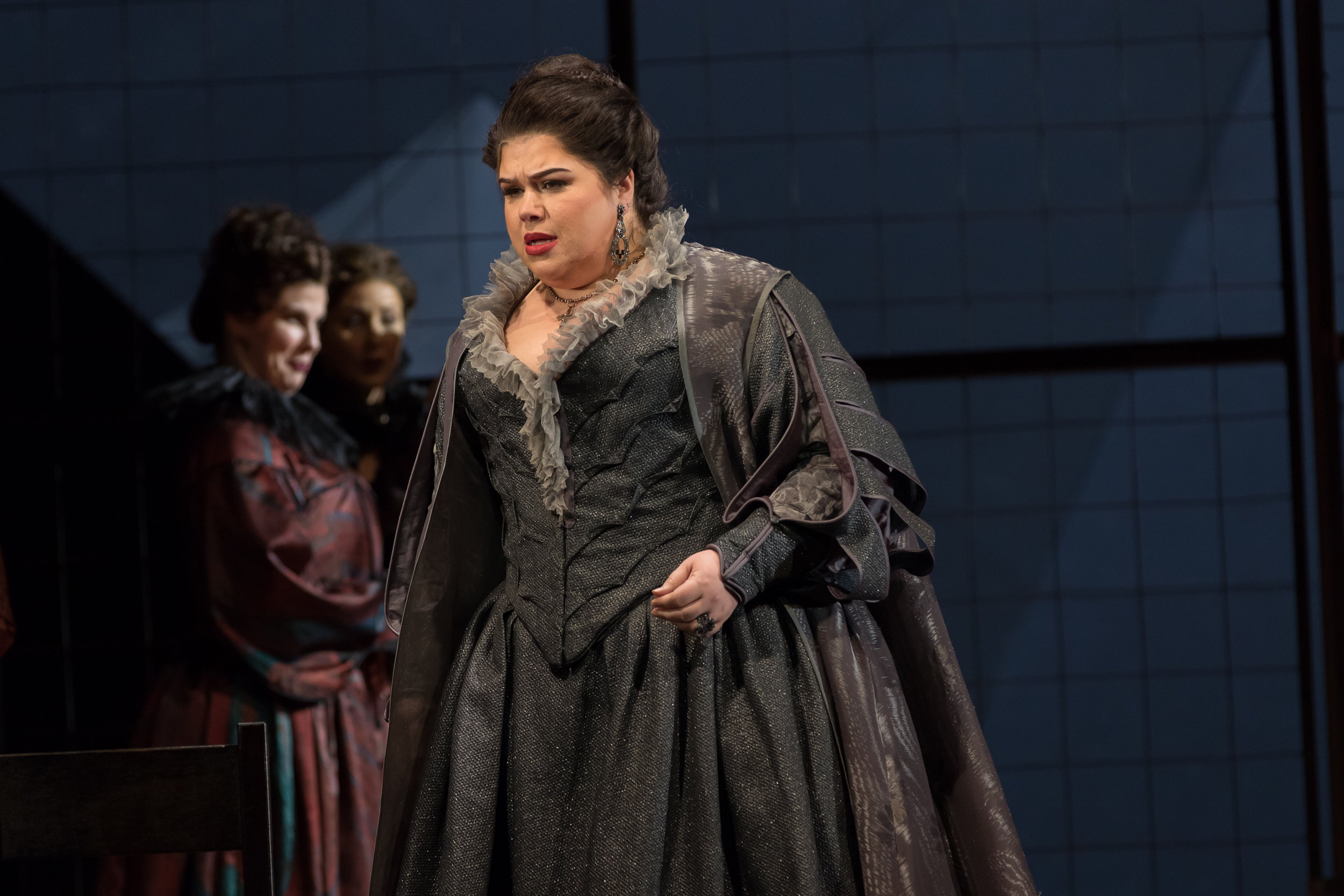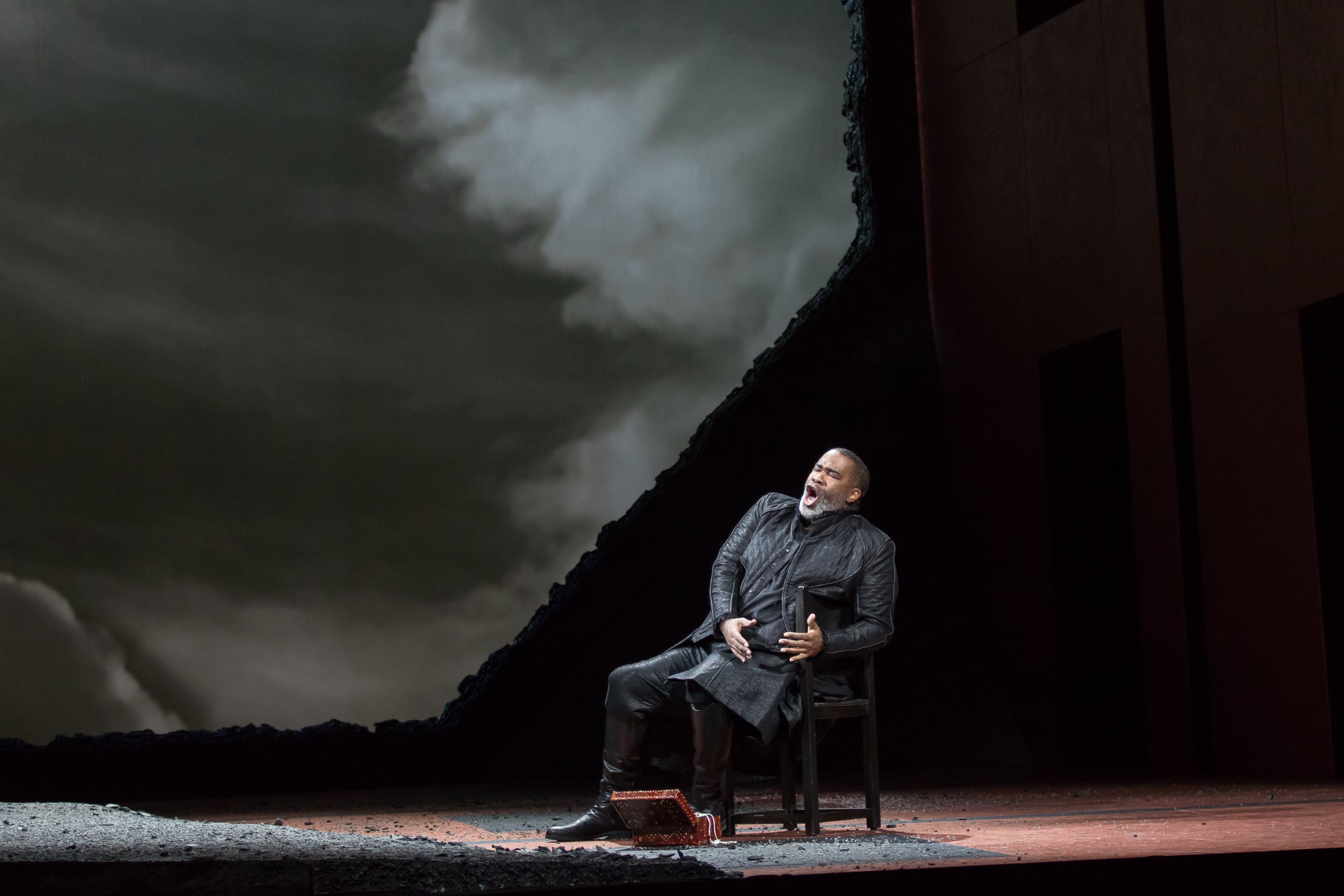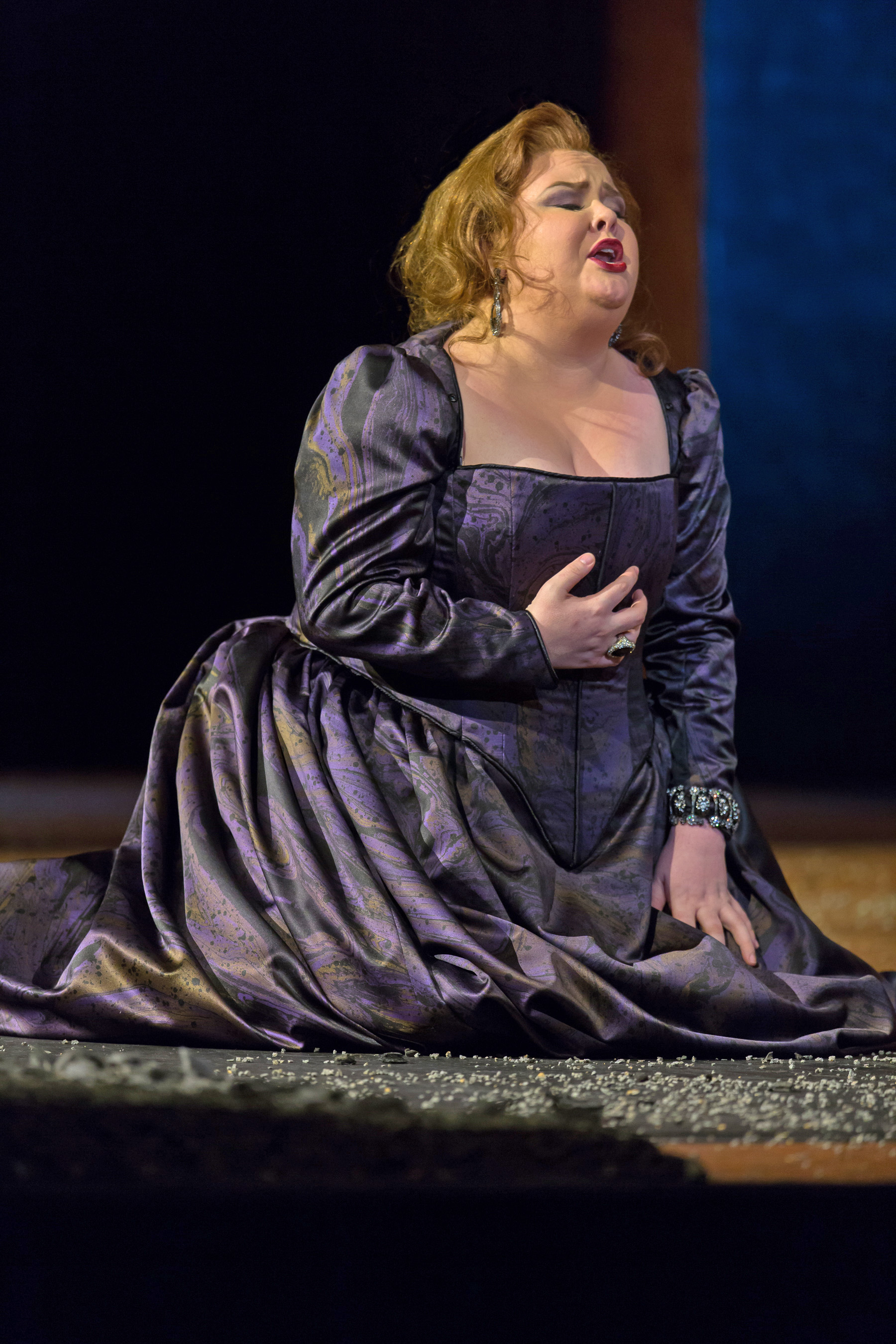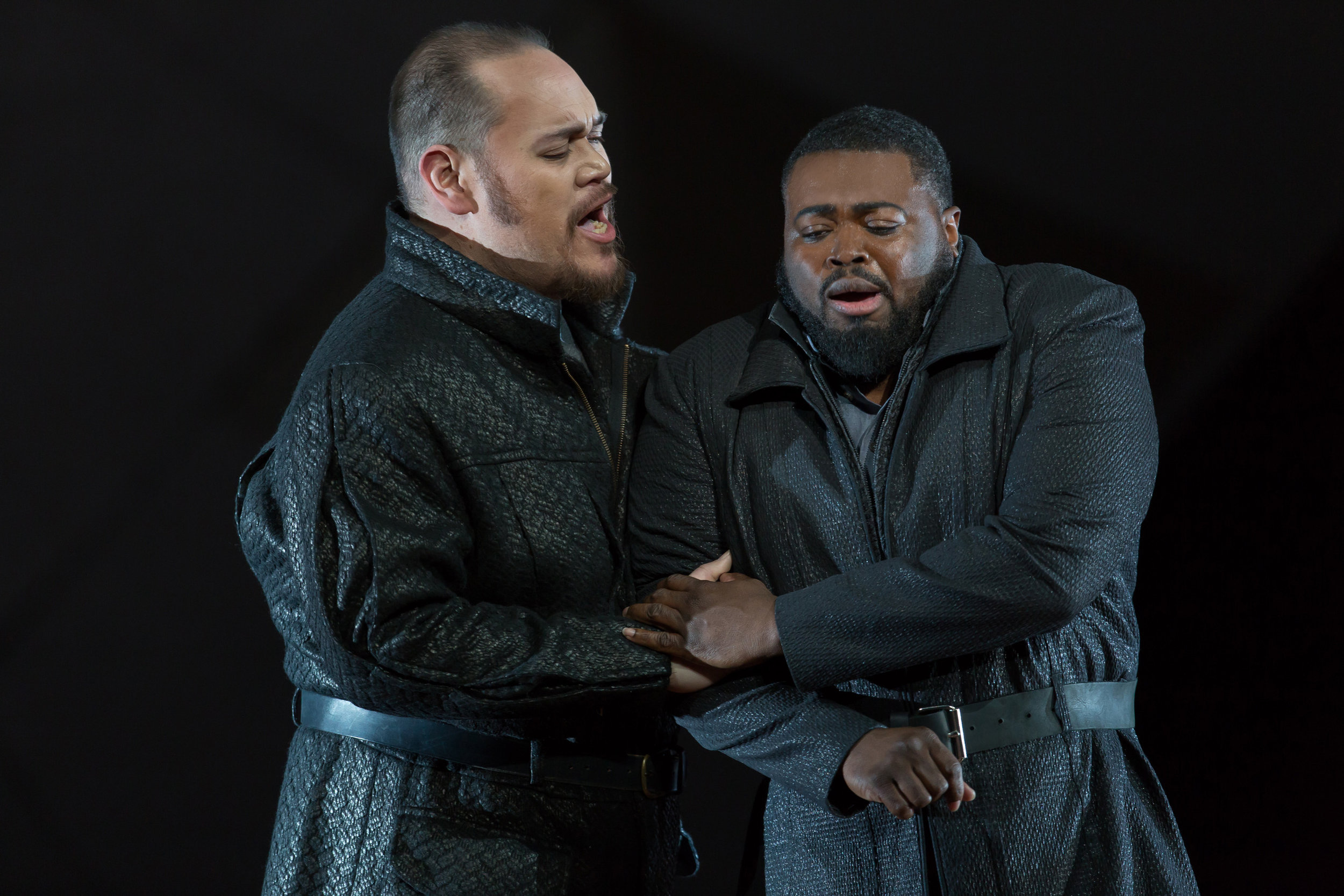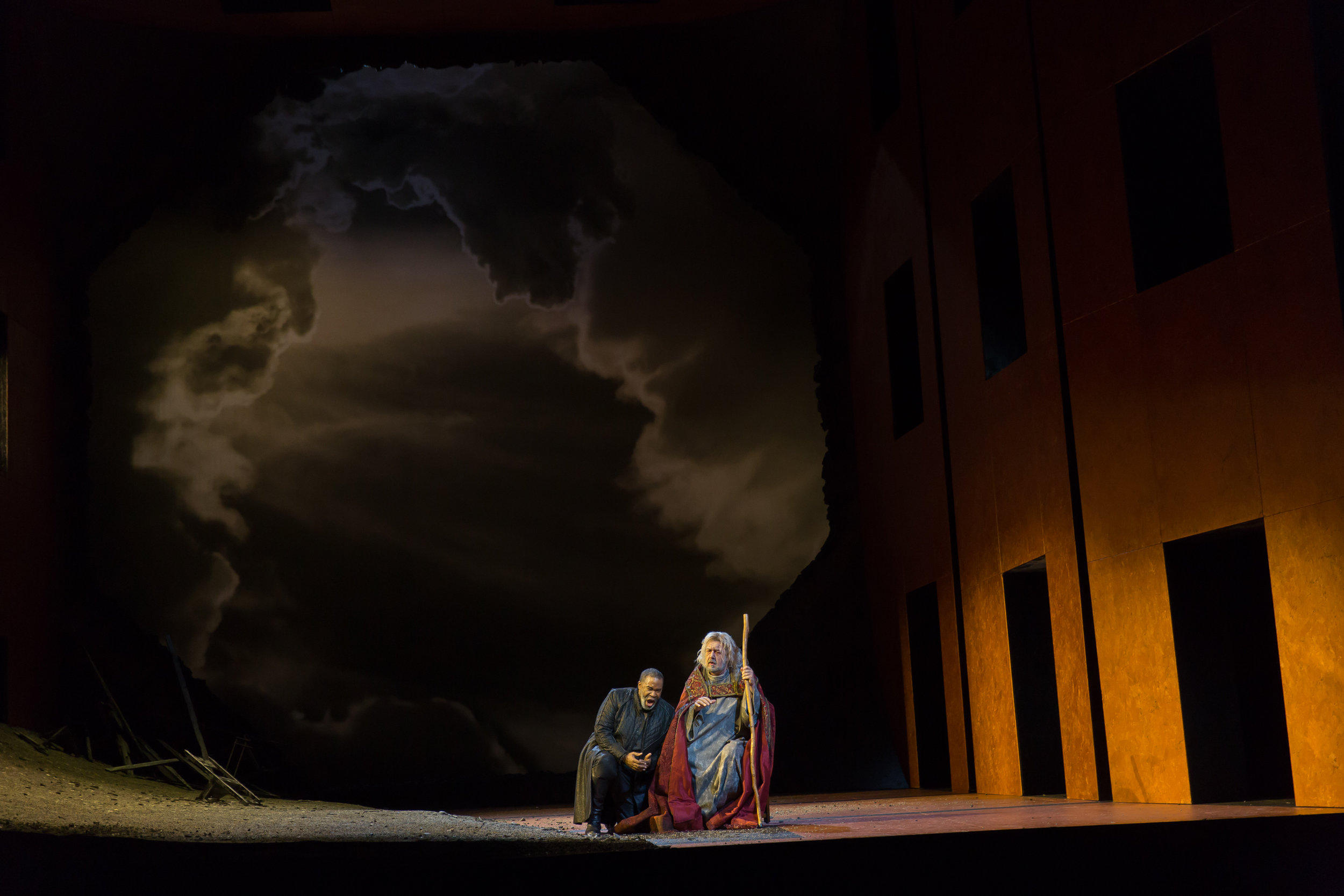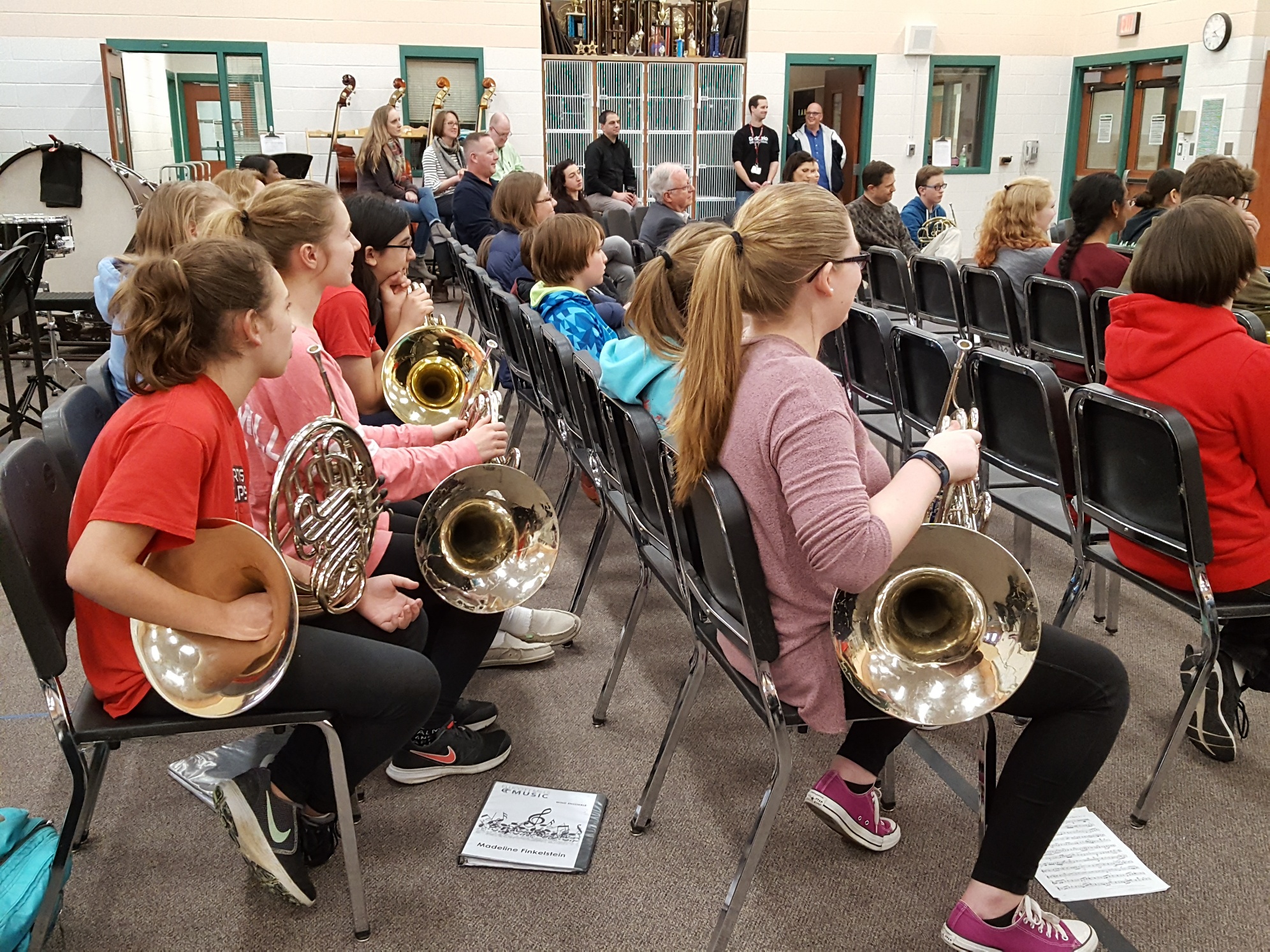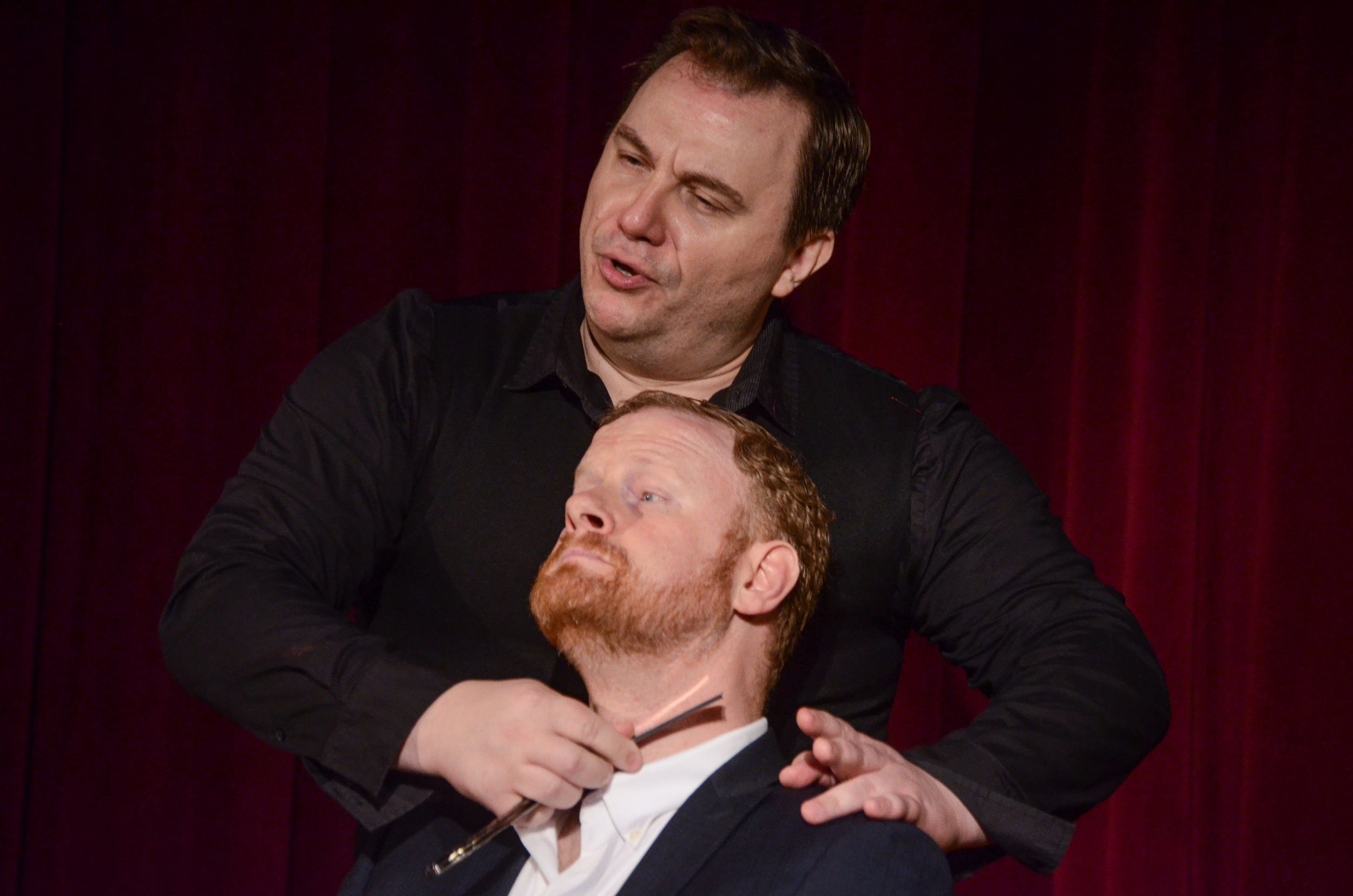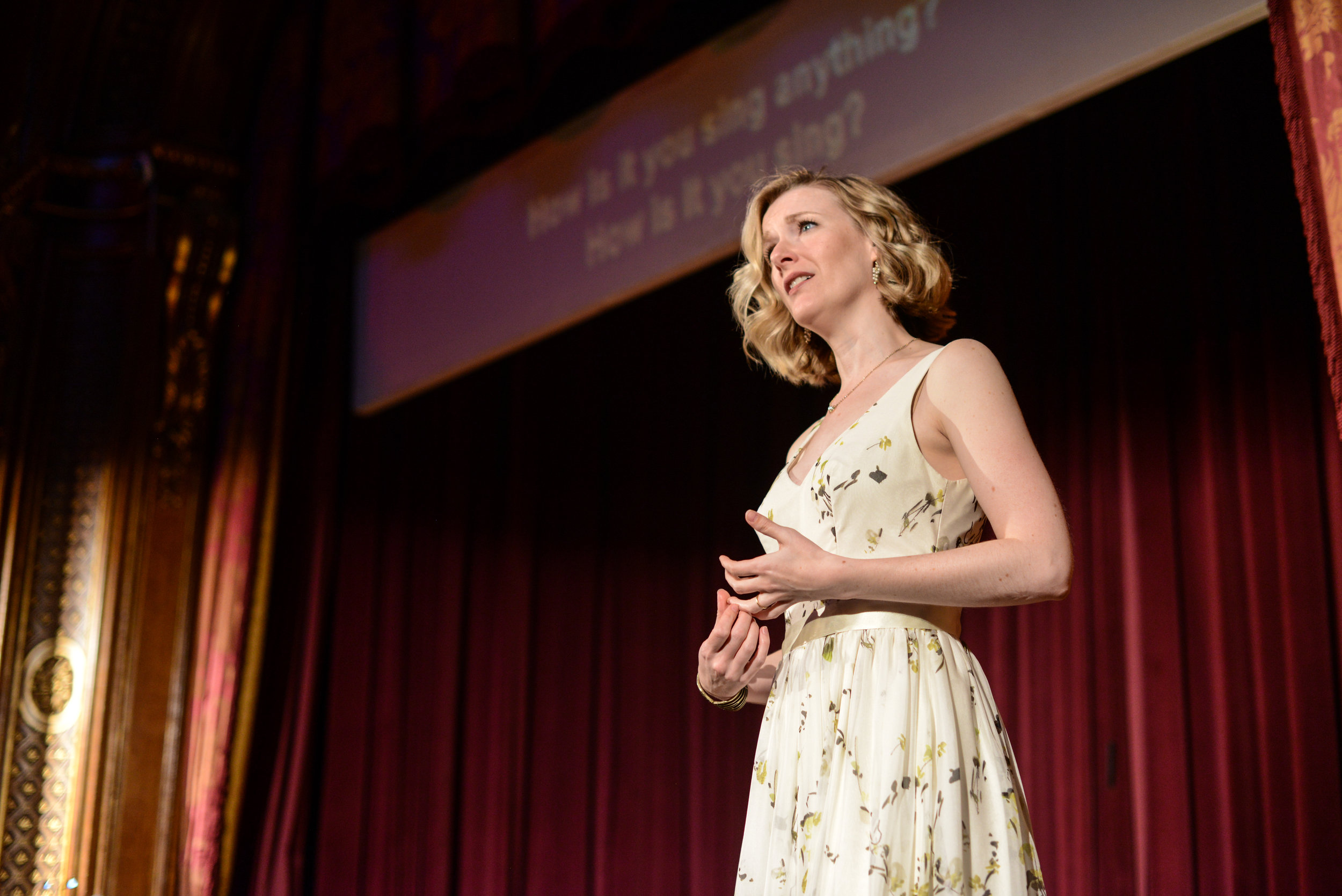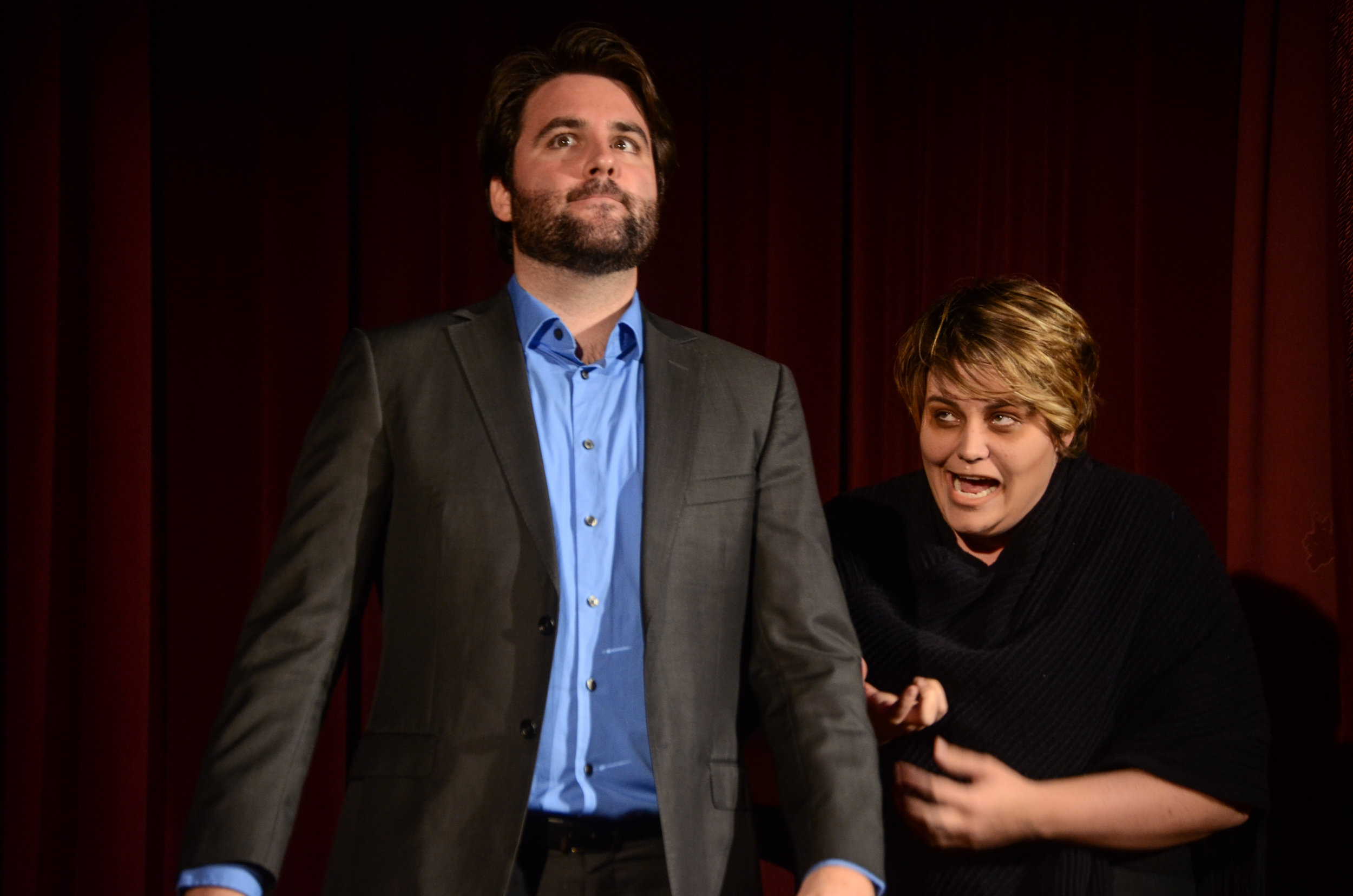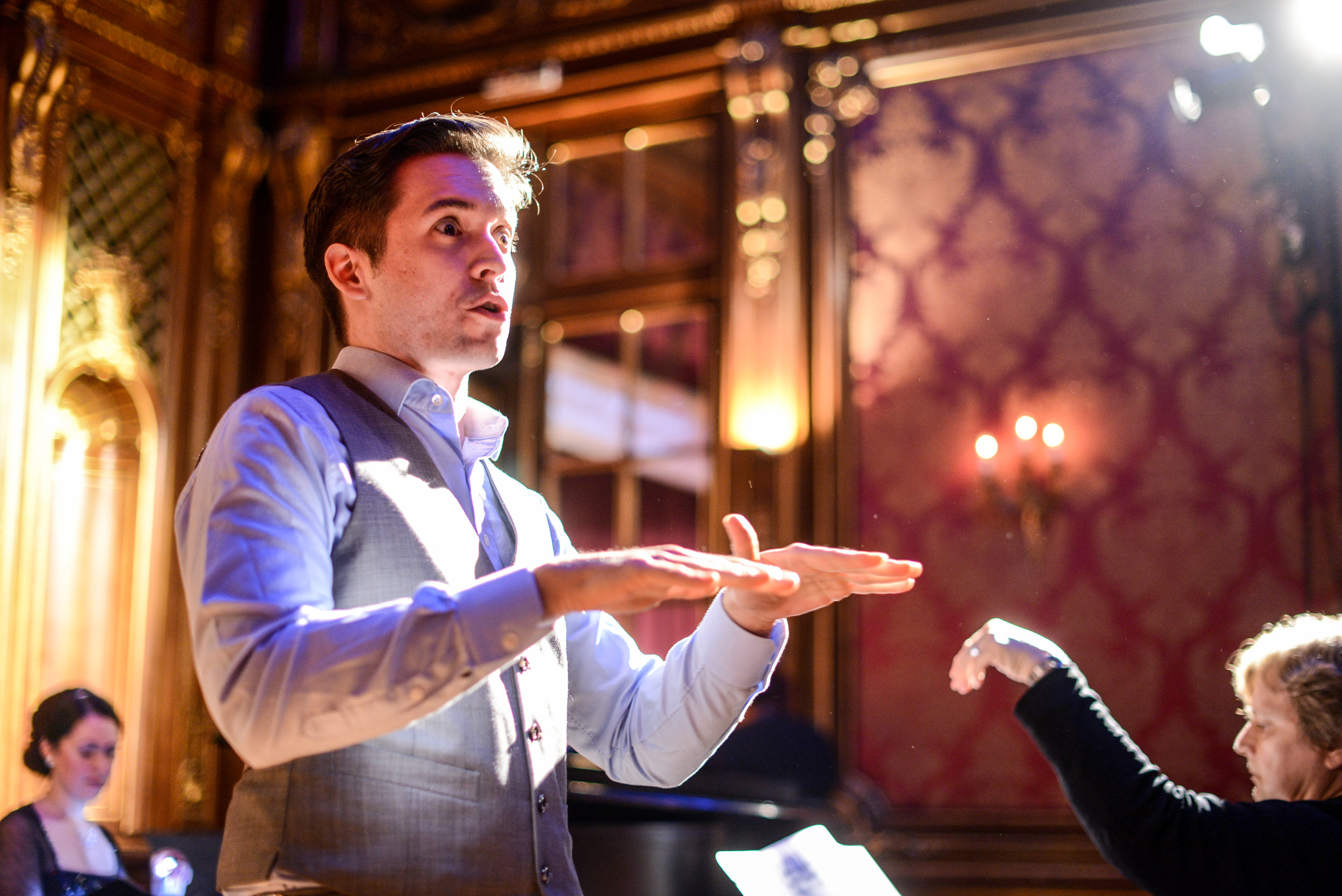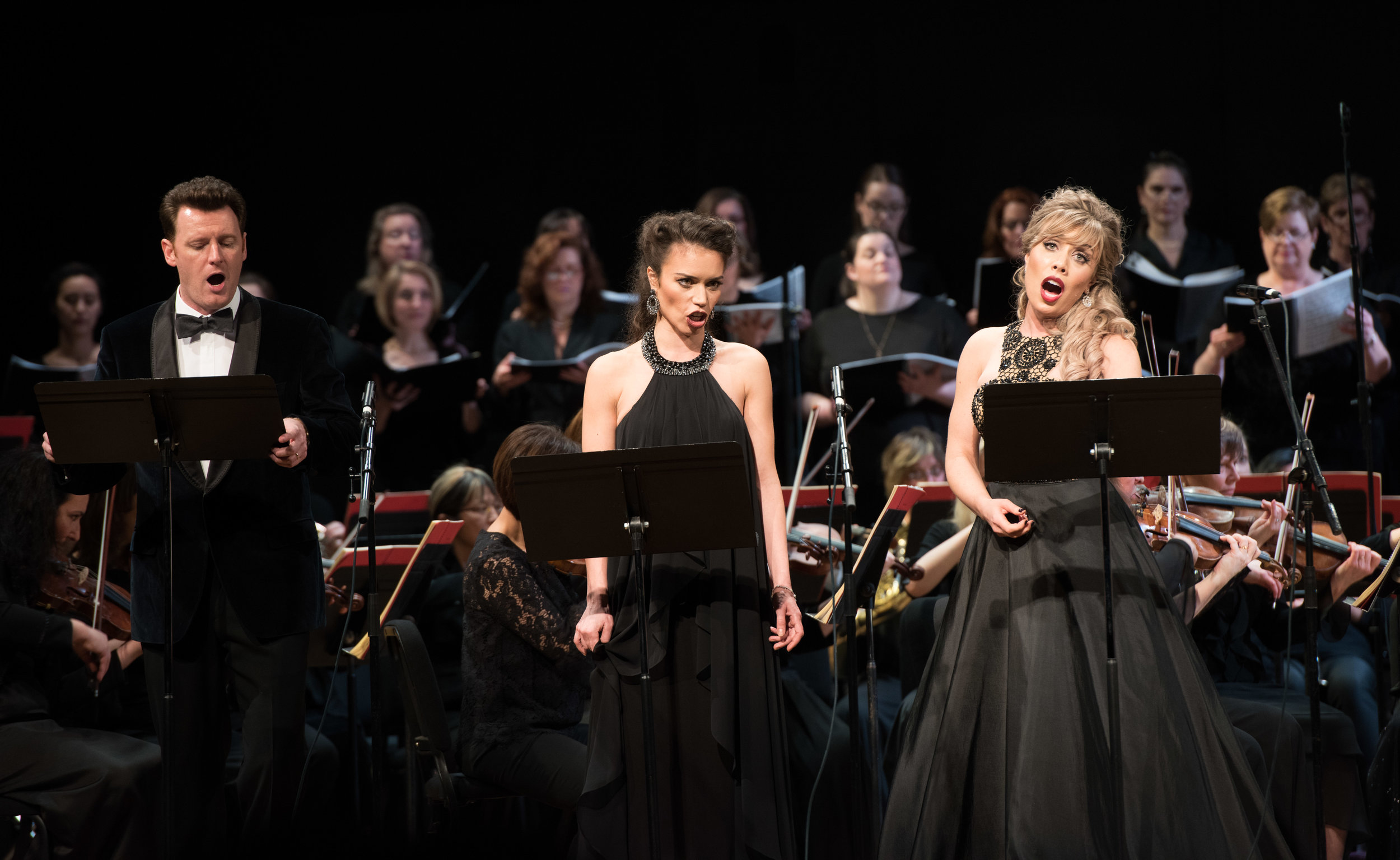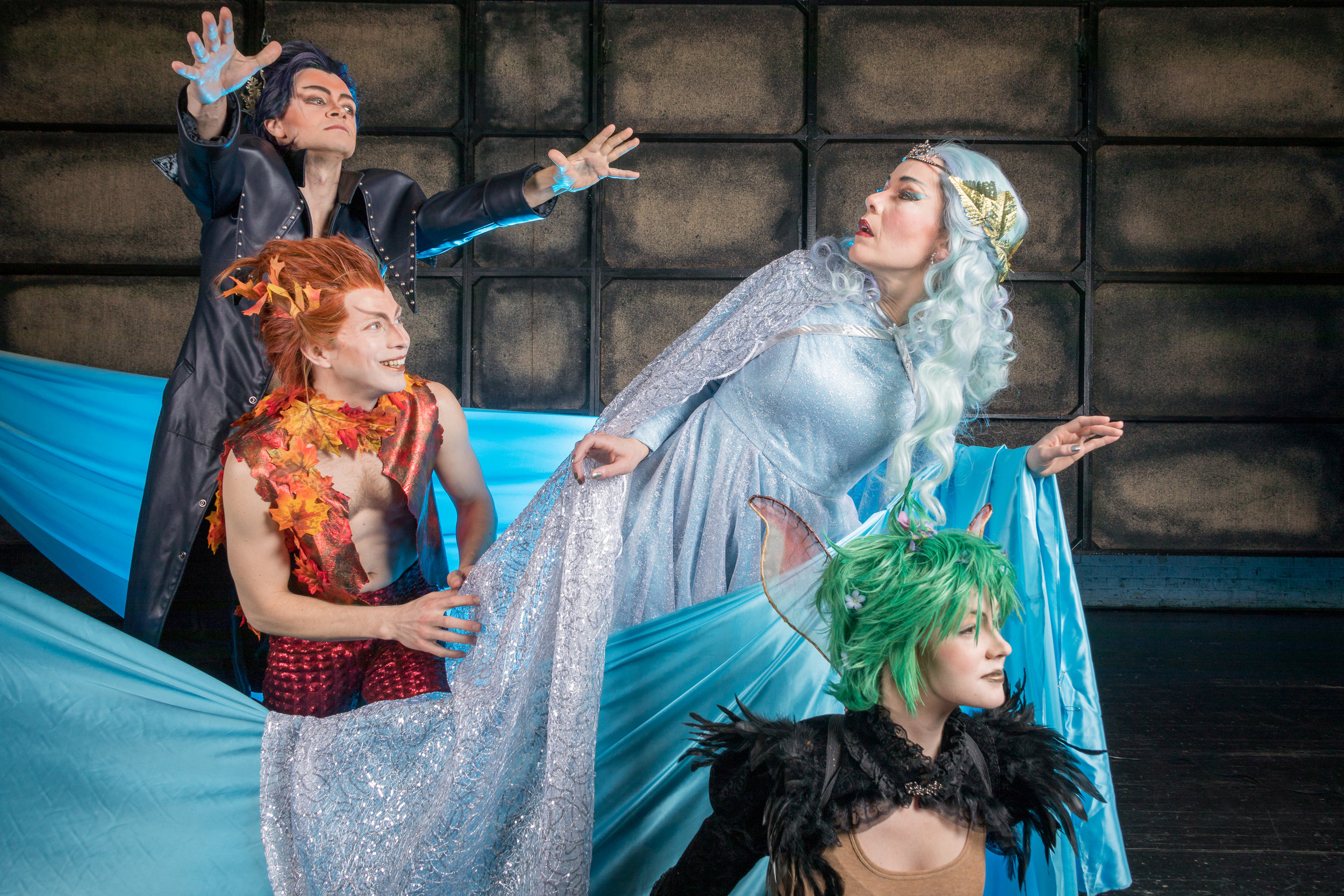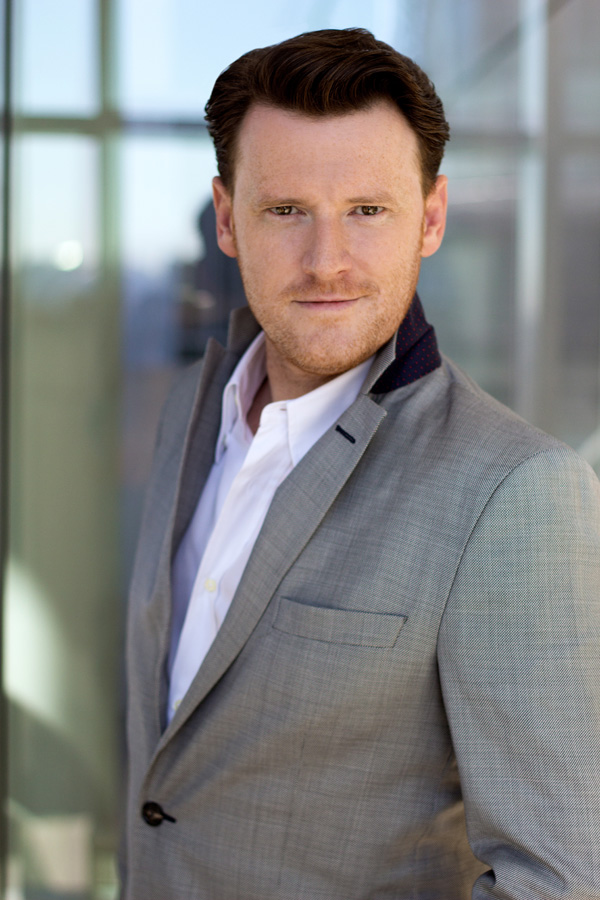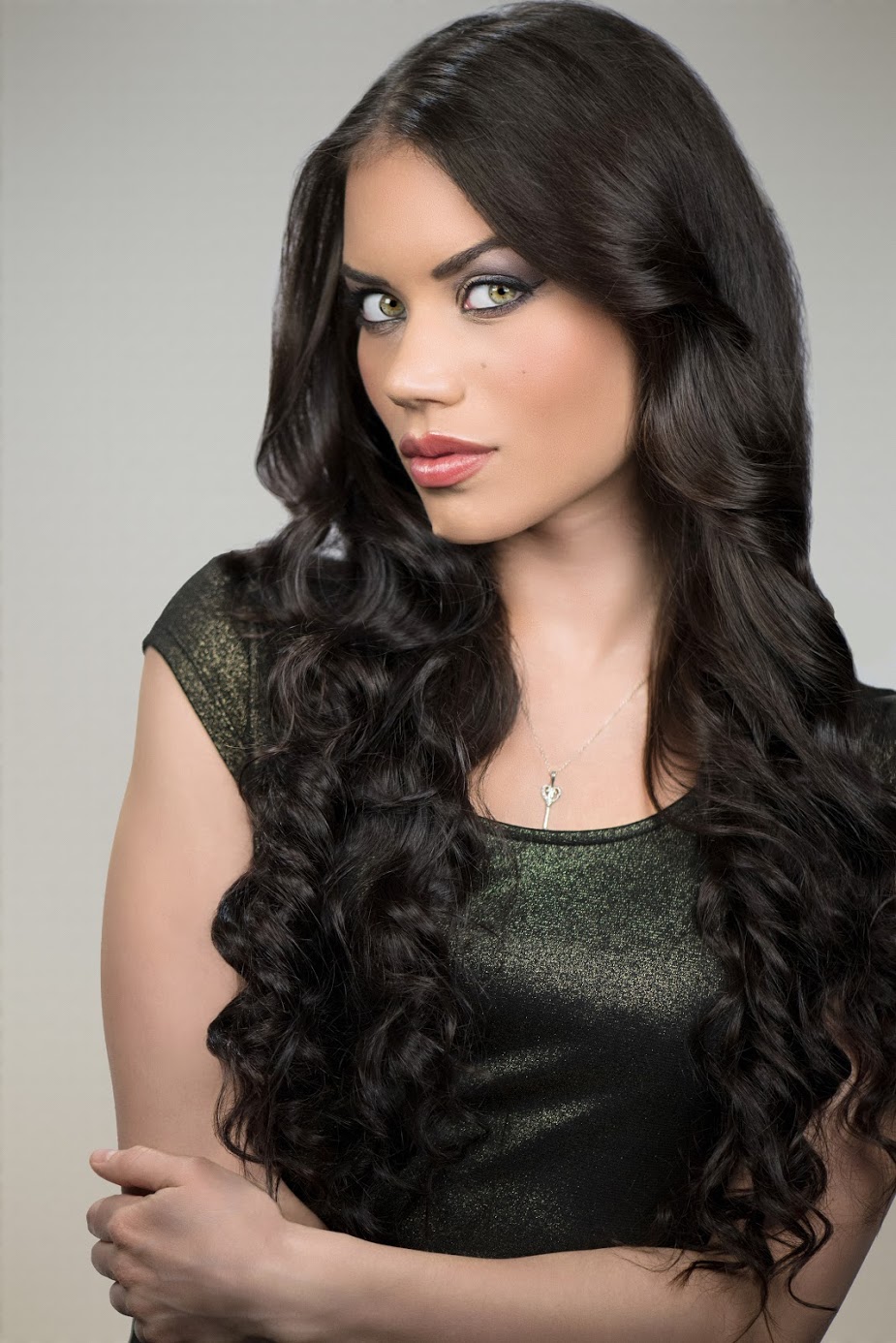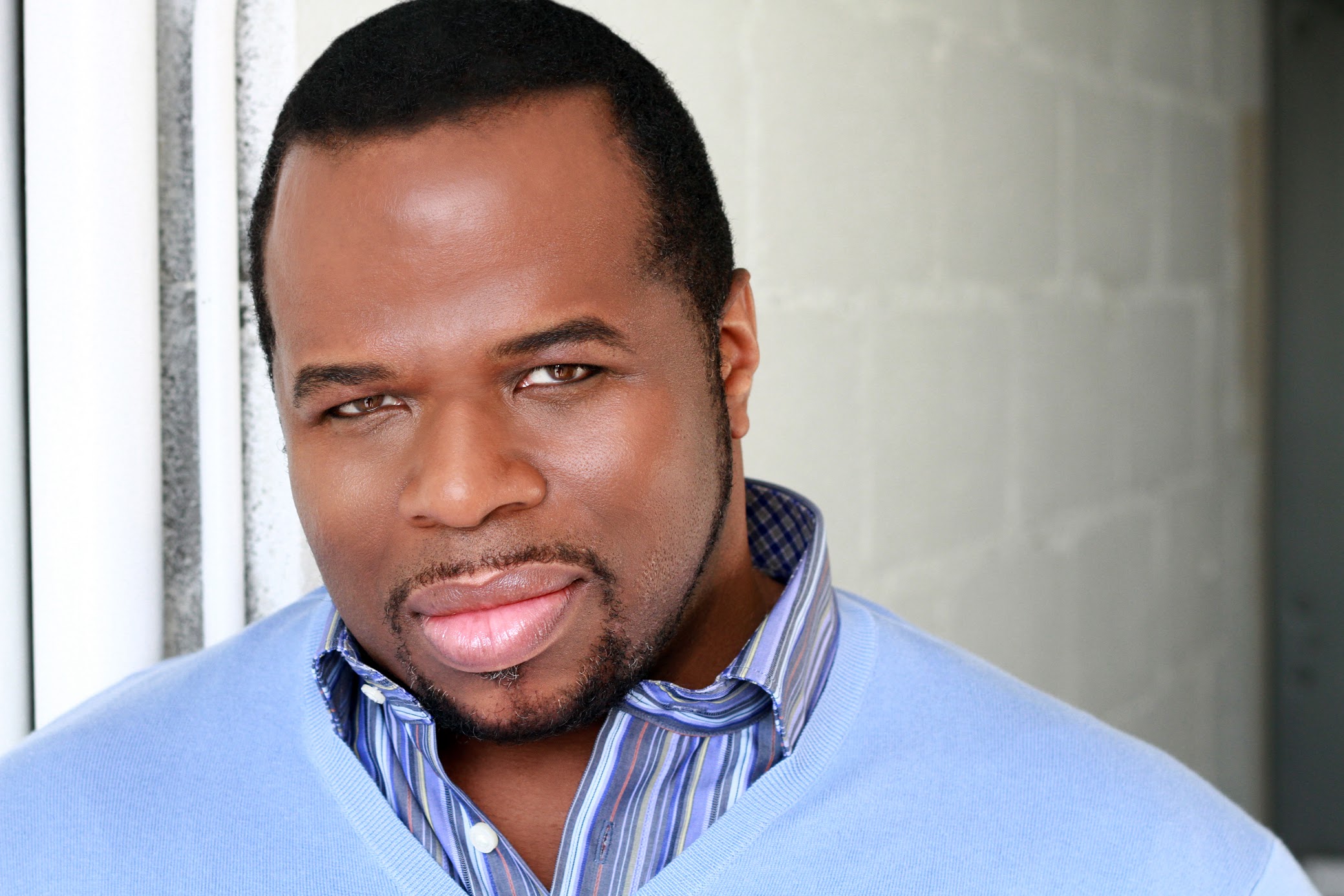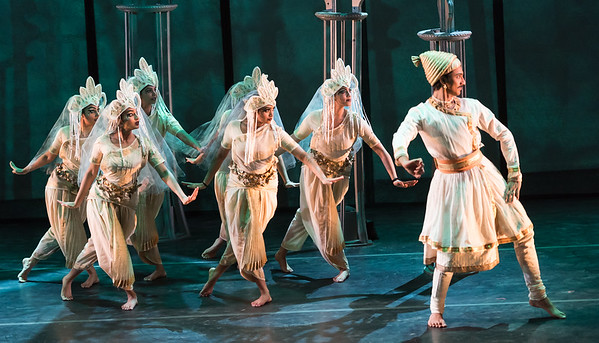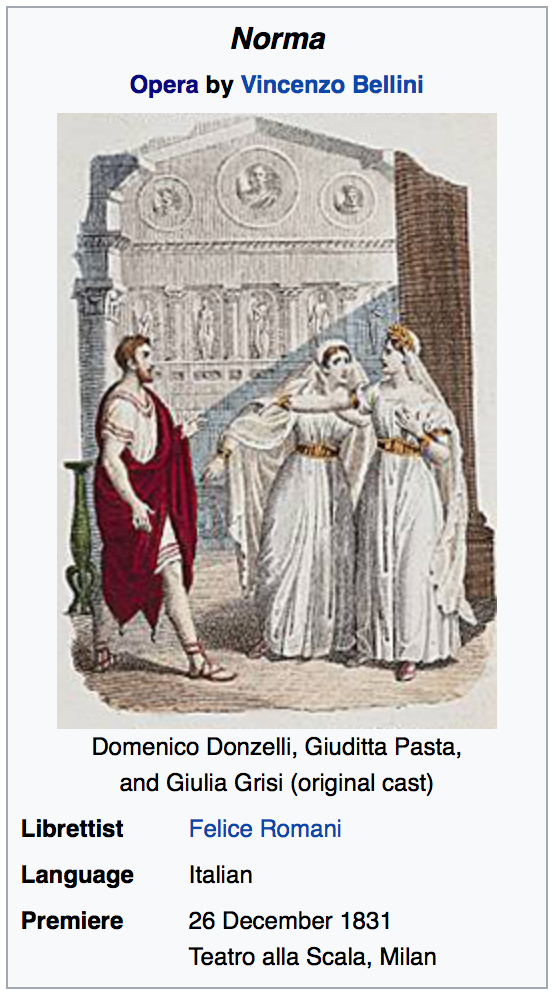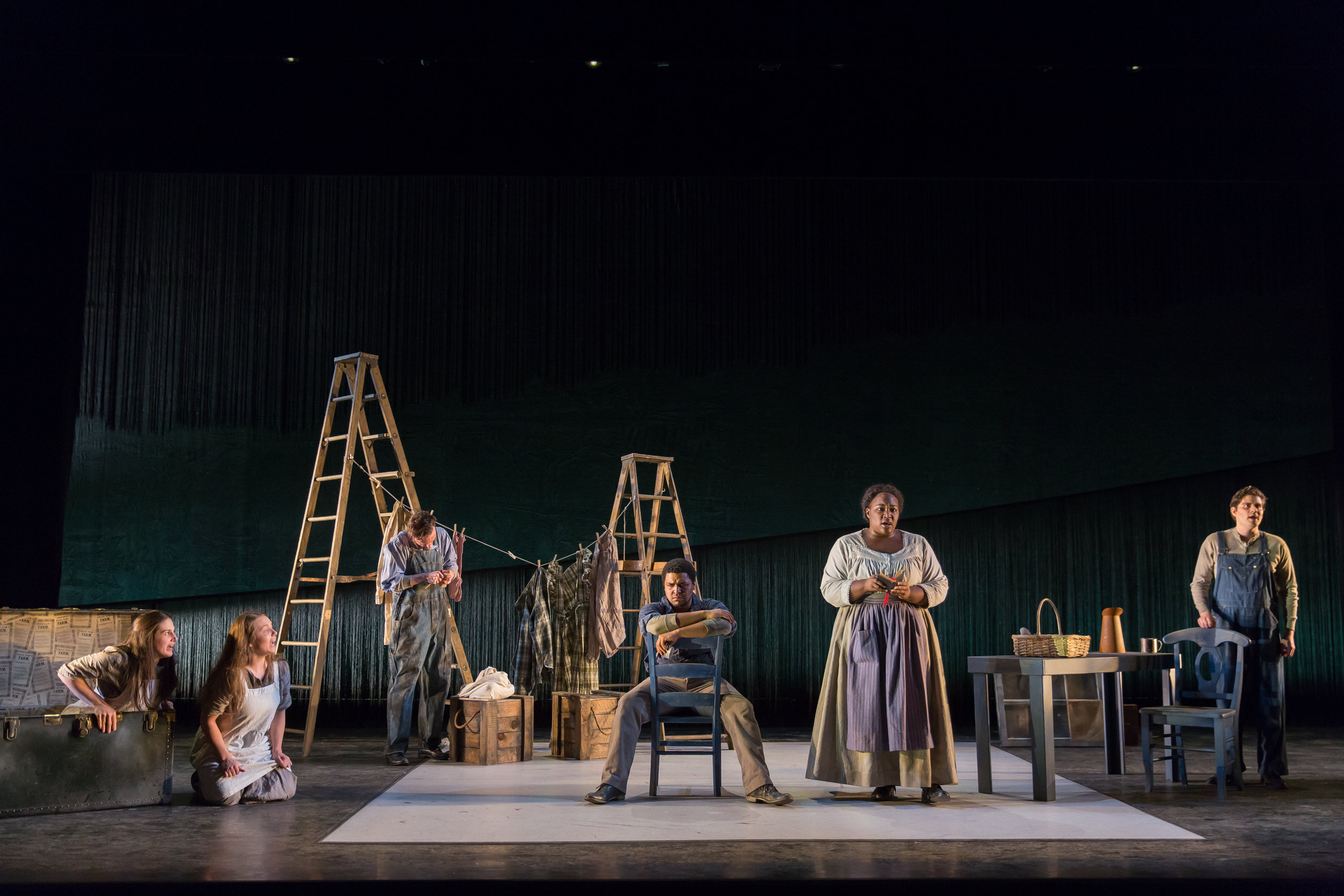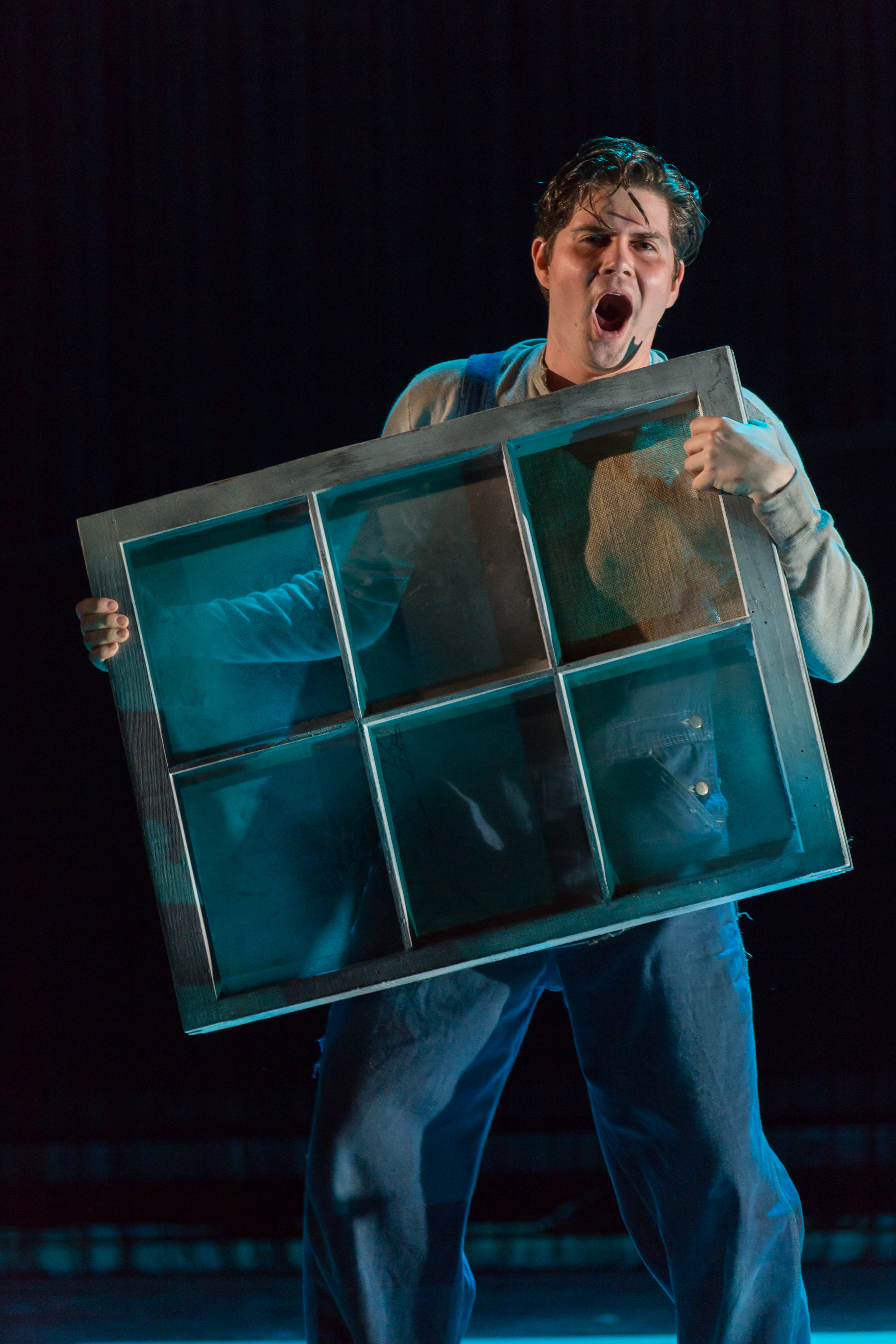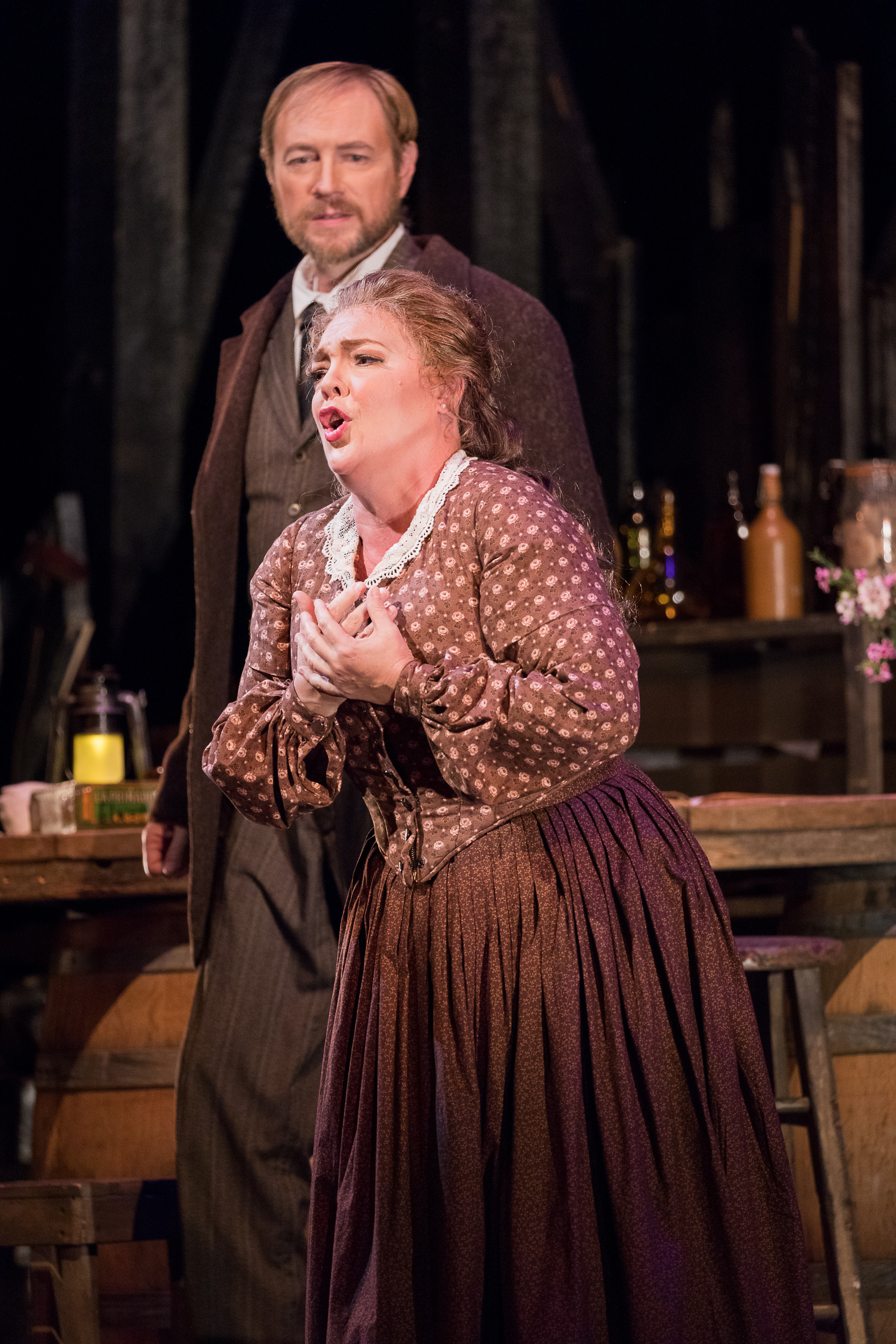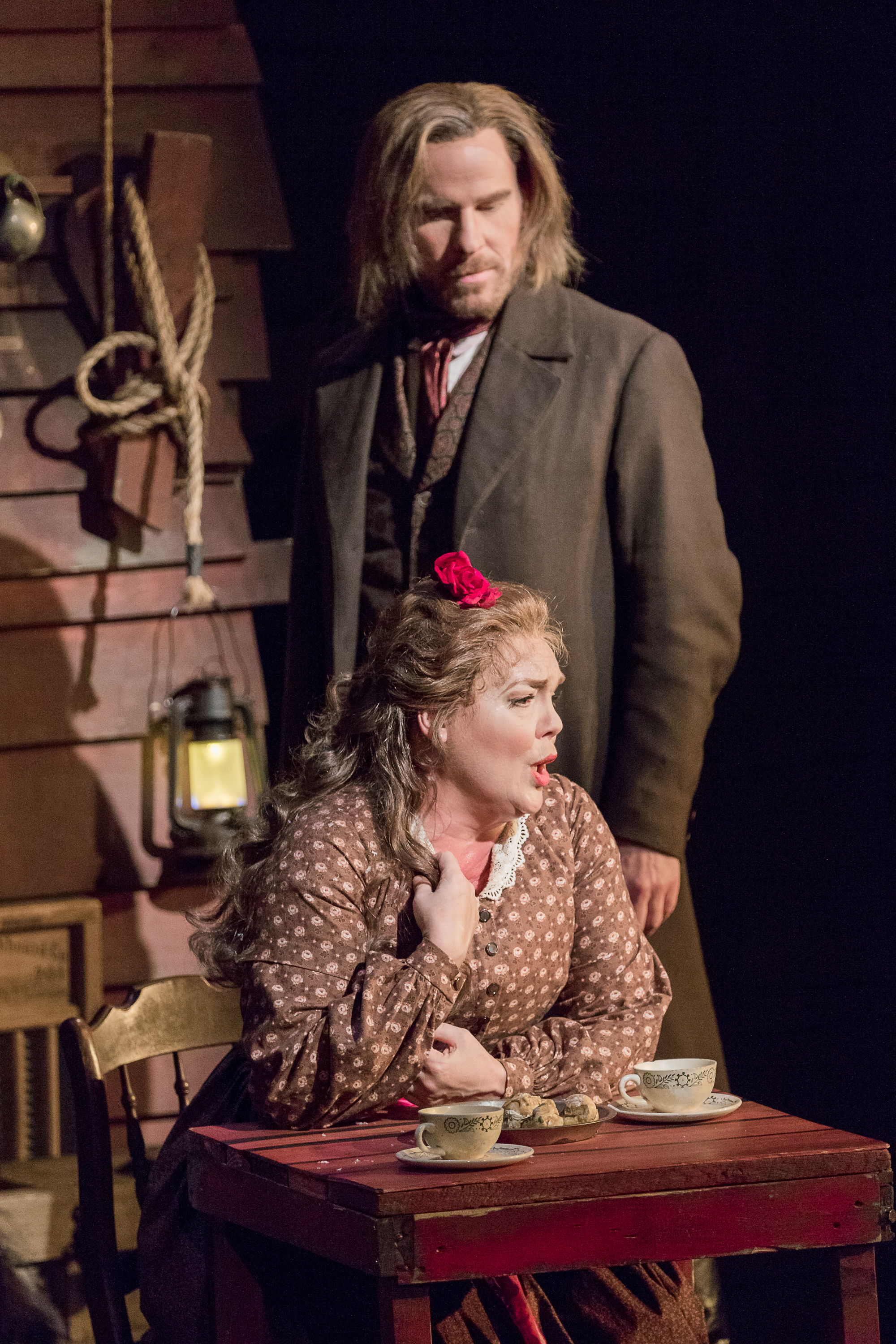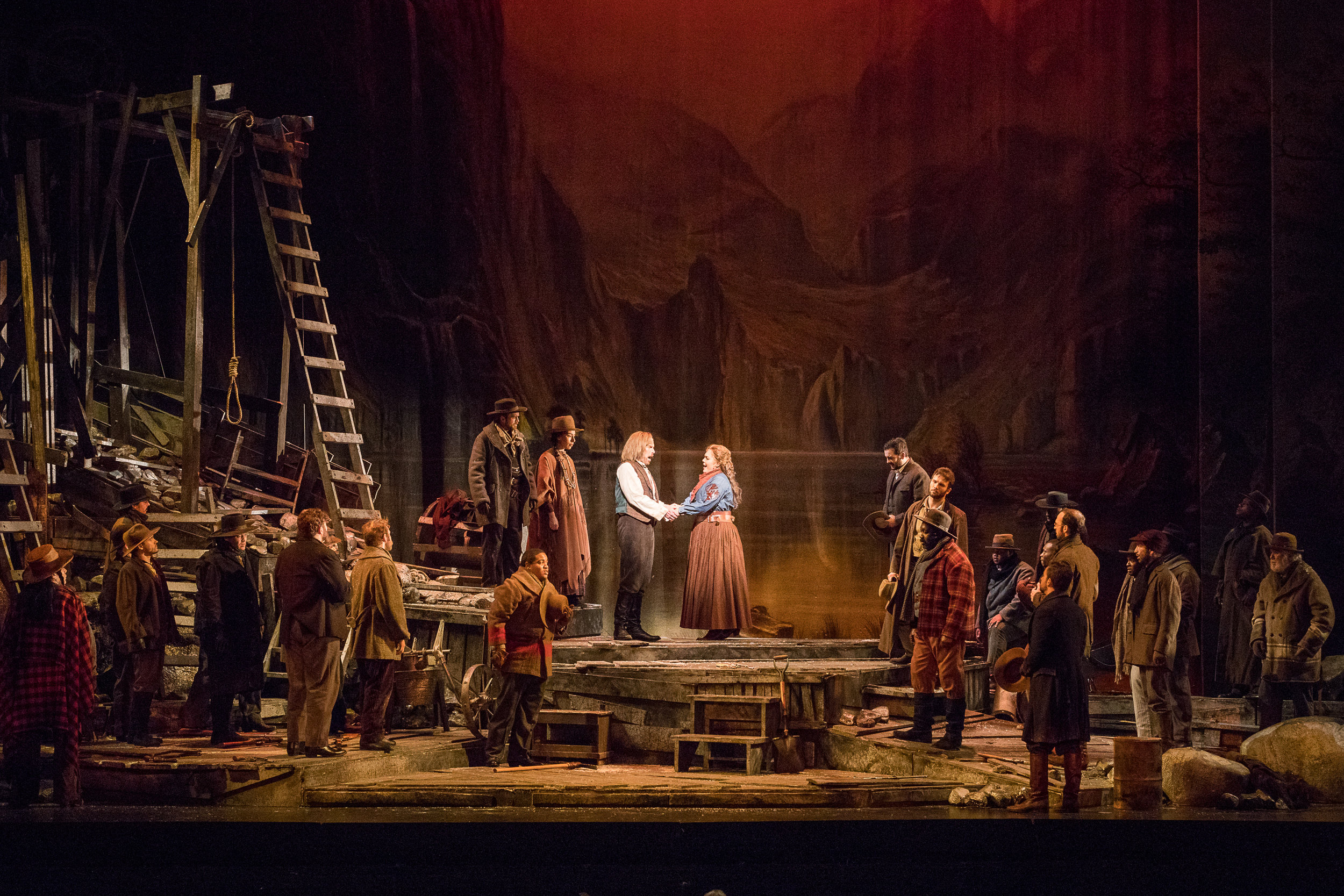I am a fan of opera and greatly enjoy reading reviews by professional opera critics. But, since opera critics are always offering their opinions on performances, performers, directors, and other opera-relevant things, why should they not be subjected to some scrutiny for their body of work? How better to begin the second half of the 2017-2018 opera season than by reviewing the reviewers. So, let’s talk about them – and read and support them so we don’t lose them. I read a lot of opera reviews, including most of the ones posted in the sidebar to the right and on the Seasonal Lists page, and many covering operas outside the mid-Atlantic region. So, I will offer one fan’s comments on my favorites.
As you read my comments, think a bit about what you think makes a good review… besides that it agrees with your opinion. I try to emphasize in OperaGene that I don’t write opera reviews. I write blog reports. Why the distinction? Simply, I report on my view of a performance as an individual fan and give you my personal opinion, which I like to do, but I’m not qualified to pose as a critic. I don’t have the training and experience in music and opera to write authoritative critiques. I write to share with my readers what I’ve learned on my opera journey, but critical comments in my blog reports are just one fan’s opinions.
What are the goals of a professional reviewer? I think one is to act as a journalist, to convey accurately what happened at a performance both in essence and in detail that space will allow, or when writing a feature, to present something significant occurring in the opera world, and secondly and most importantly, to serve as a critic, a knowledgeable arbiter of the good. When they make criticisms, their opinions are undergirded by a substantial base of knowledge and experience. Professional critics add to our awareness and enjoyment of opera and help maintain standards in the field. Though sometimes maligned, I find it a noble profession. I dub them Knights of the Opera Table; it is their job to champion good performances and slay the bad ones.
To get those sorts of quality reviews, you have to pay a professional a fair wage. Therein lies a problem for the arts and classical music. Newspapers, magazines, and other media today are in a rapidly changing world due to the internet, which has clouded their future. Some reviewers have stable positions as professional critics; but reviews are often done by those working free-lance. Most print media are cutting back on staff positions, and sadly, the arts and music staffs are among the first to be let go. Hopefully it won’t happen for a long while, but I fear that like King Arthur’s knights, full-time opera critics may be on the way out, and I wish to celebrate them while we have the benefit of their knowledge and insight.
Generally, all the reviews that I read are informative about specific performances and about opera itself, and frequently entertaining. But some are definitely better than others, expanding our knowledge of opera and offering helpful insights, and some reviewers are better than others. Unfortunately, there is often little to no information available about the backgrounds of opera reviewers. I run into some excellent reviews by free-lancers, but I tend to trust more the opinions of experienced opera critics for the major newspapers. Here are my completely biased impressions.
Opera critics of the mid-Atlantic region grouped by city:
Philadelphia:
Peter Dobrin, Philadelphia Inquirer – Mr. Dobrin is one of two…well, actually now only one full-time, classical music critic for the Inquirer. I enjoy the insights in his typically thorough reviews. For some reason, I pegged him as very traditional early on, but his sparkling review of Opera Philadelphia’s premiere (as part of the O17 festival) of “The Wake World” changed my mind.
David Patrick Stearns, Philadelphia Inquirer – Mr. Stearns was the other veteran, full-time reviewer for the Inquirer, but departed as of December 8. His departure was not entirely voluntary, a victim of downsizing, and is a loss for the opera scene in Philadelphia. He is very experienced and knowledgeable. Most of his reviews are thorough and provide thoughtful critiques, but occasionally, he seems to focus on just a few key points. I enjoyed his reviews for O17’s War Stories and The Trial of Elizabeth Cree. He plans to free lance some for the Inquirer, continue to do reviews for WQXR’s Operavore, and write features for New York-centered media.
Pittsburgh:
Elizabeth Bloom, Pittsburgh Post-Gazette – Ms. Bloom shares coverage of Pittsburgh’s classical music scene with her colleague below, but in a recent shift, Ms. Bloom is mainly covering the Pittsburgh Pirates, although still doing some opera reviews. I love baseball almost as much as opera, but I hope she does more opera reviews. She writes straight-forward, informative reviews that tend to be positive, but she is willing to call out a poor performance when she sees one. I particularly enjoyed a sensitive feature she wrote in advance of Pittsburgh Opera’s premiere of The Summer King.
Robert Croan, Pittsburgh Post-Gazette – Mr. Croan is a veteran opera critic, very knowledgeable and experienced, though I have not been able to find much about his background searching online. I enjoy his thorough reviews. Lately, they have been very positive. For the time being, I will just assume Pittsburgh Opera is turning out truly excellent work. I especially enjoyed his review of The Summer King, which I saw in Pittsburgh.
Washington DC:
Charles Downey, Washington Classical Review – Mr. Downey also occasionally reviews for the Washington Post. He works as a musician, a pianist, in addition to writing classical music reviews; actually I’m not sure what he considers his primary gig. He writes very scholarly reviews, sort of like getting your term paper graded by your professor. I look forward to his reviews because I always learn something. See his review of Washington National Opera’s Alcina as an example.
Philip Kennicott, Washington Post – Mr. Kennicott is actually the Arts and Architecture Critic for the Post and rarely writes opera reviews, though he does write opera features, mainly for Opera News, which are well worth reading. I include him because he is not just good; he is a gifted writer, and I find myself reading his pieces for that reason alone. His arts pieces often offer sensitive insight linking arts and/or their presentation to societal issues, which I think reveal a somewhat romantic view of the past. I was especially fond of his review of this year’s Kusama exhibit, which also delved into the role of selfies. His beat is “everything visual in the nation’s capitol”, which could include opera.
Anne Midgette, Washington Post – Because she is the opera critic in the town where I see most of my operas, Ms. Midgette is the reviewer I read most often. Fortunately, she is very knowledgeable, highly experienced, and adheres to the highest standards for herself and the classical music she reviews. She often draws the ire of readers who resent her critical comments about something they liked; I rarely can disagree with her well-reasoned assessments. Her features are especially enjoyable, often dealing with social issues and opera; I will point out her piece, “Female Conductors to Watch“ as just one example.
I have one disappointment with Ms. Midgette: she is dauntingly prolific, but does insist on having a personal life, and thus, doesn’t review all the things I want her to, especially performances by the Virginia Opera. Most often, other Post staff fill in quite capably. However, I'd like to see a regional opera company in my area receive the quality feedback that she can provide. Based on comments I saw in one of her reviews, it seems a part of her avoidance is related to the required journey into the wilderness of Fairfax County. The Post probably has a rule against it, but Ms. Midgette, I make you this offer: I will provide door to door transportation from your abode to the Arts Center at GMU for any Virginia Opera performance that you are willing to review; I will even use my wife’s Volvo S80 to ensure your comfort and safety. Your hubby can come along. I might even try to be quiet, and I am not associated with Uber. The reader can see how much I value professional opera reviews by my favorite critics.
My selections, of course, are not an exhaustive list of opera critics in the mid-Atlantic, but a list of those I read most often and have developed the most trust in as professionals. There were some that almost made the list and might in the future, such as Tim Smith of the Baltimore Sun; I enjoy his reviews of Baltimore Concert Opera productions, but unfortunately, Baltimore is currently without a fully-staged opera company; I keep hoping the Lyric will return. At any rate, I plan to make this an annual post, so let me know about critics to whom you think I should give more attention. Perhaps they will make next year’s report.




